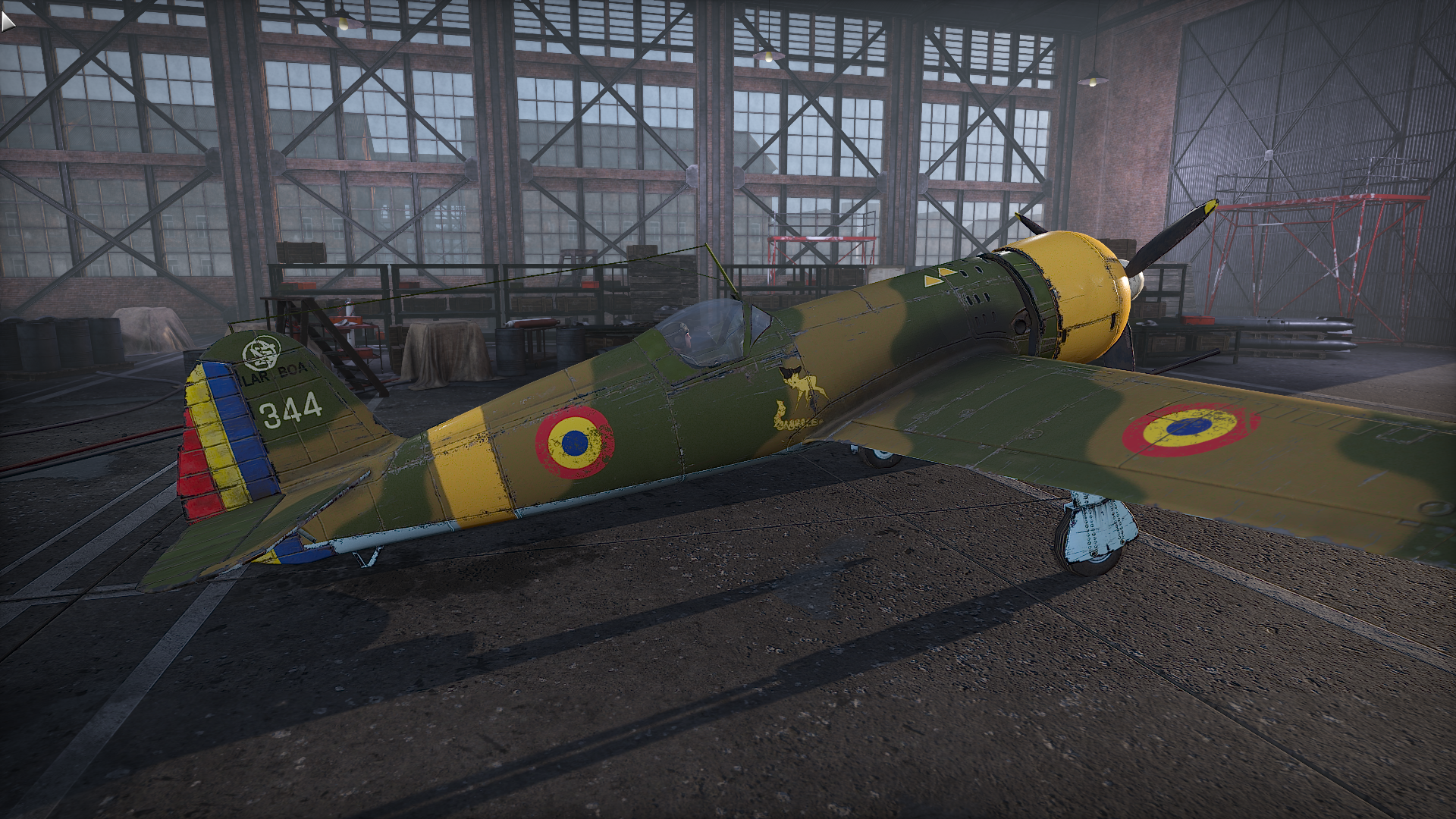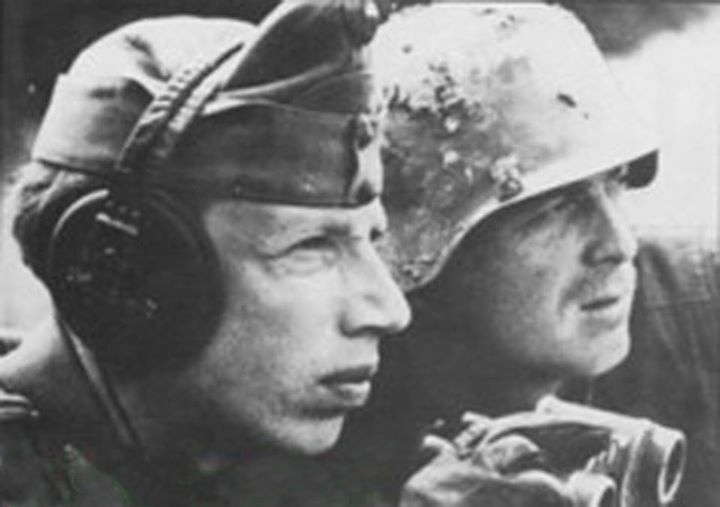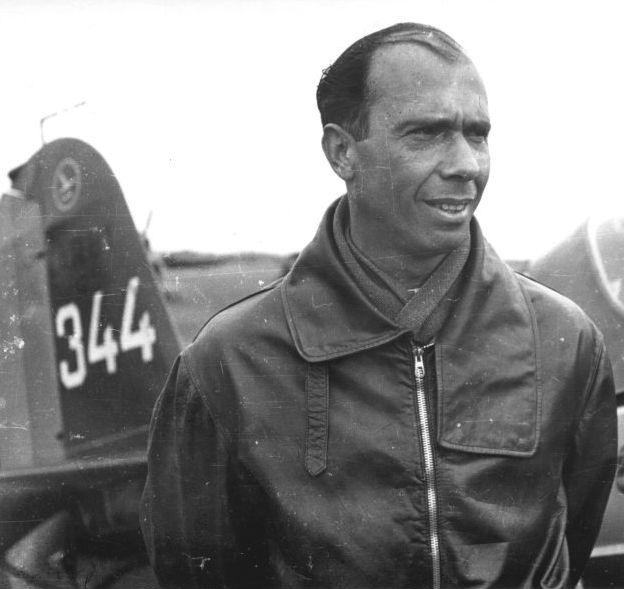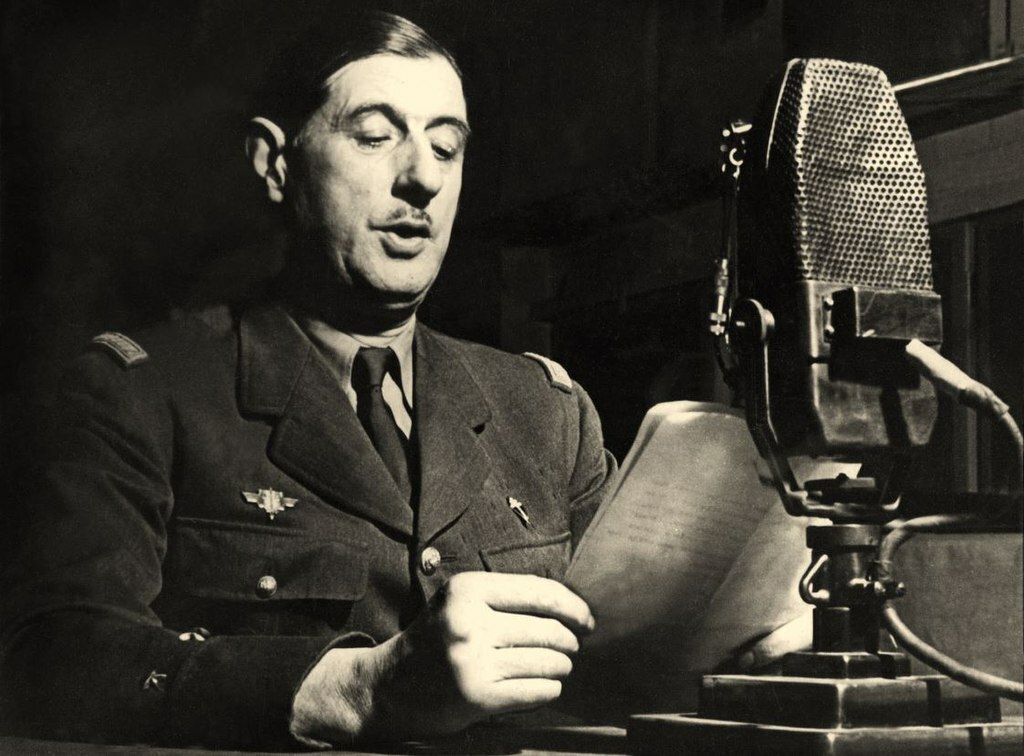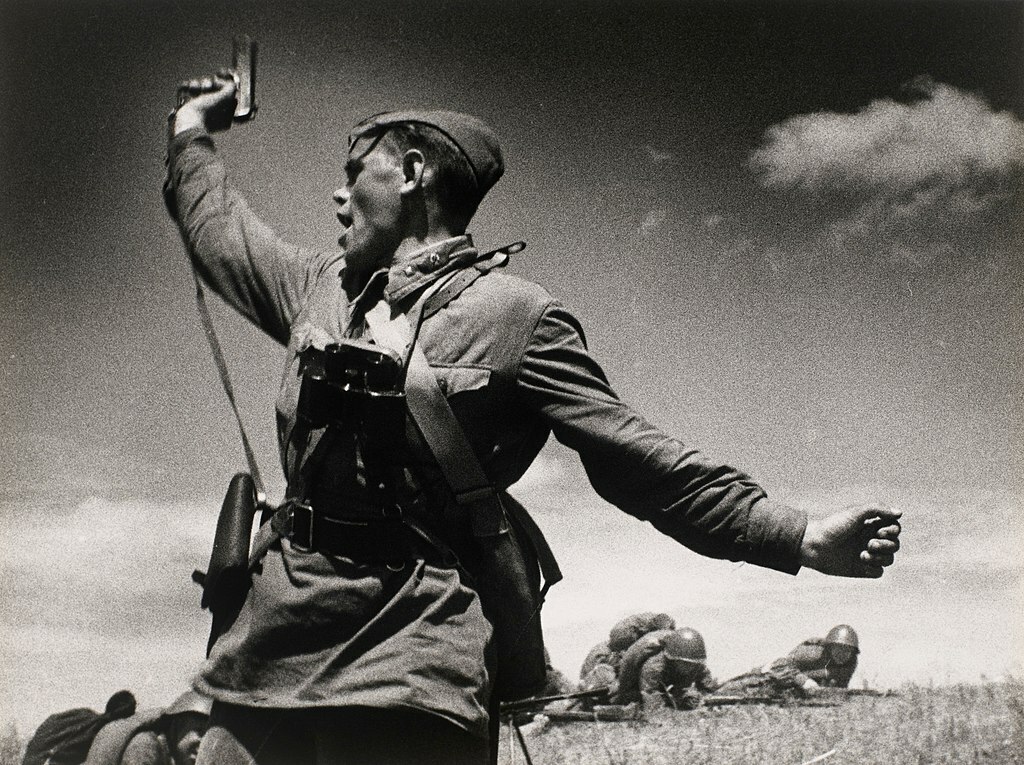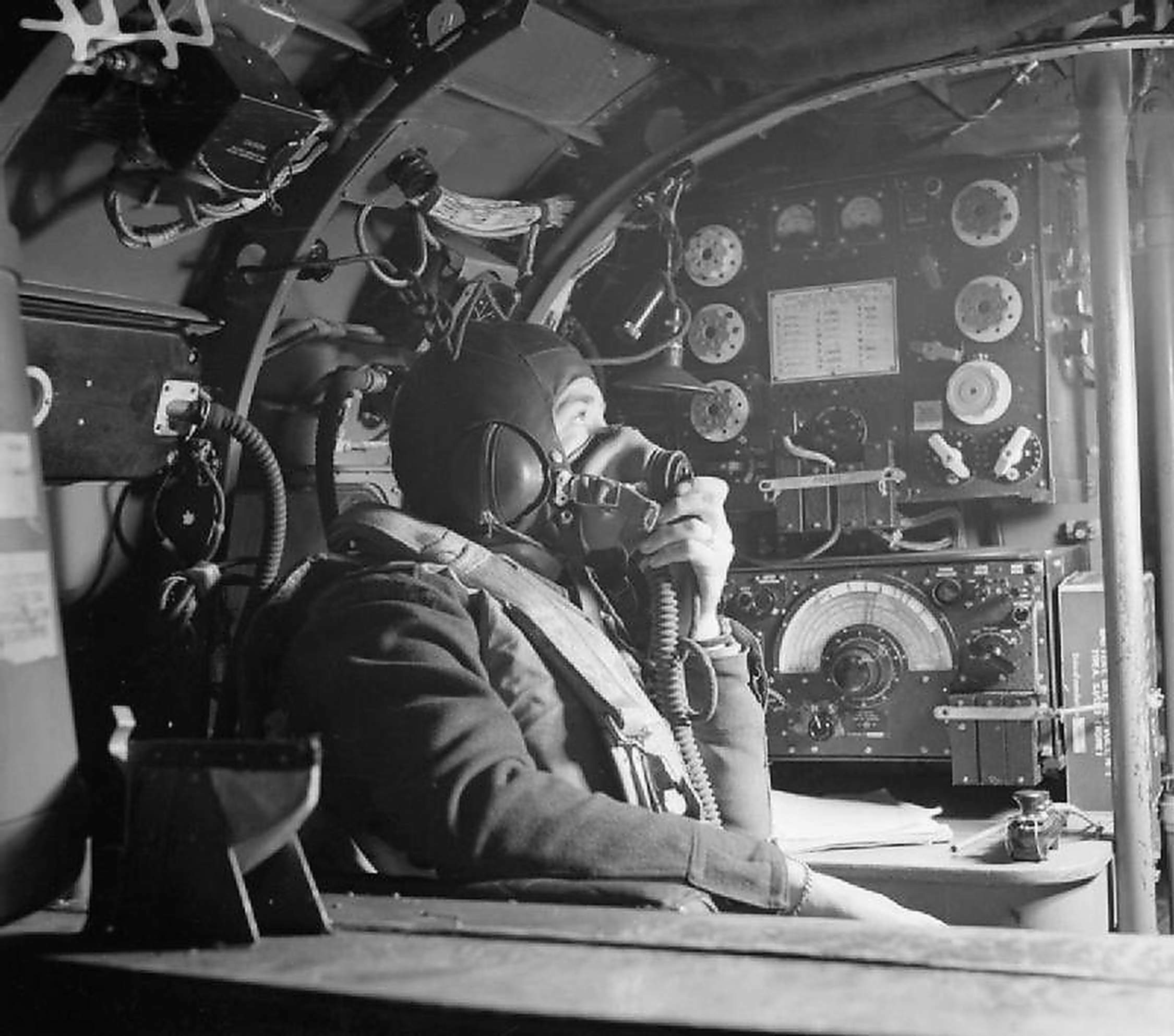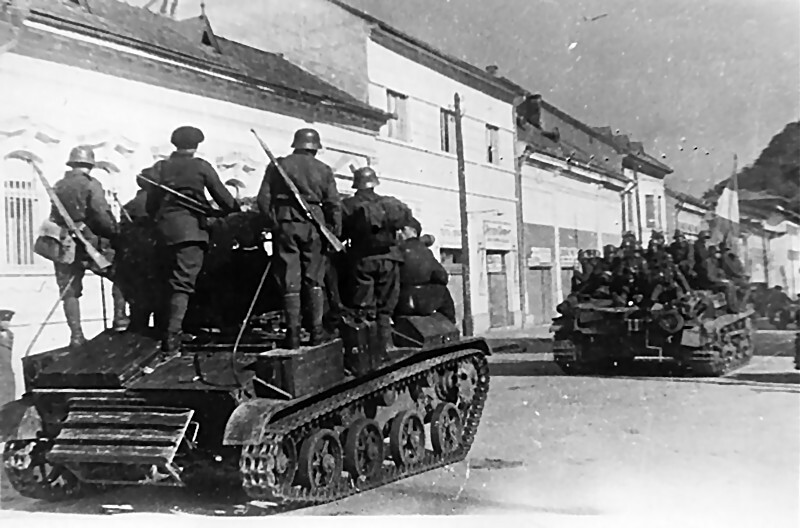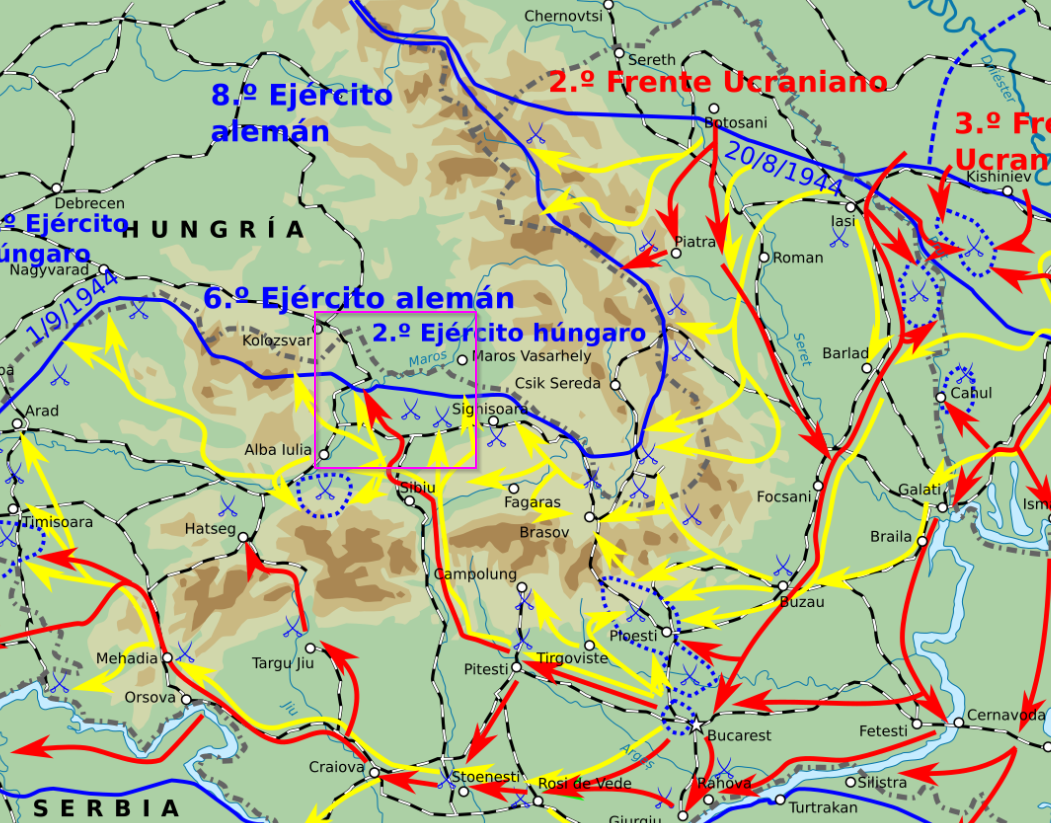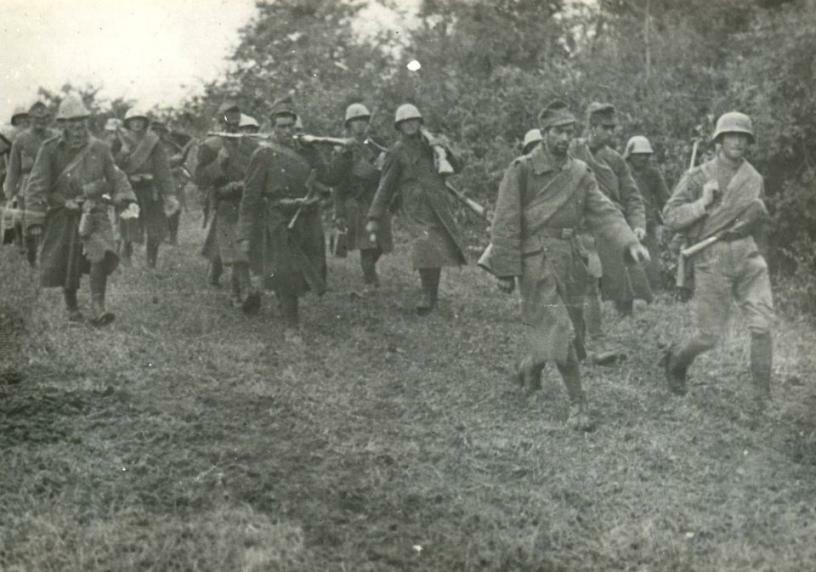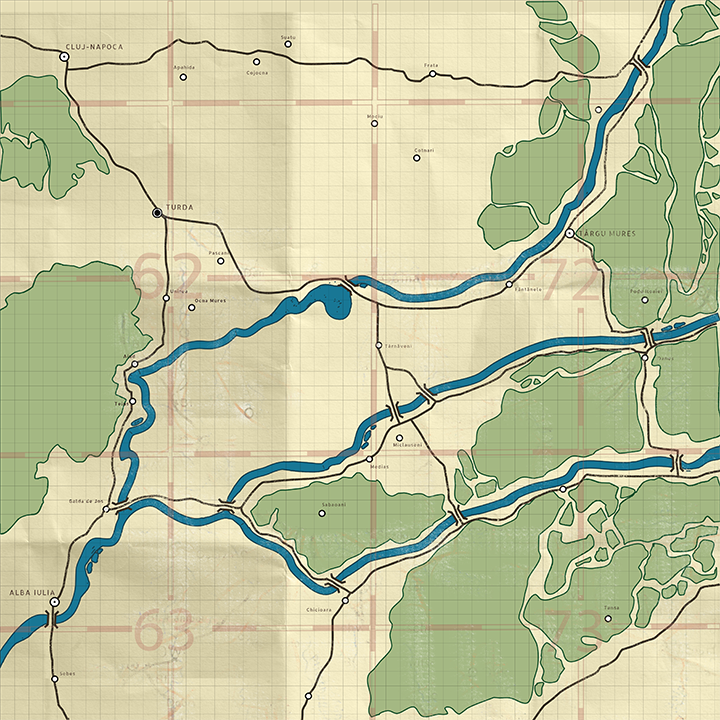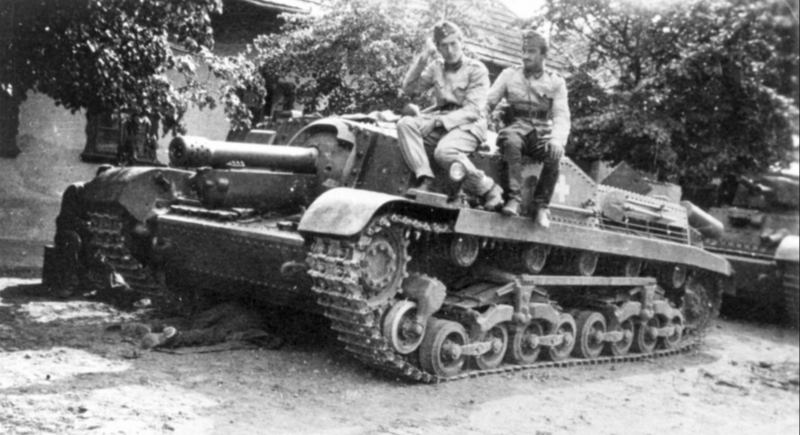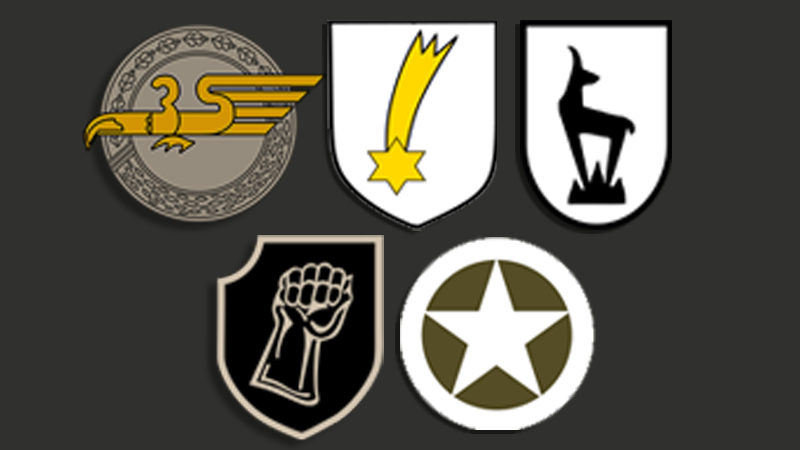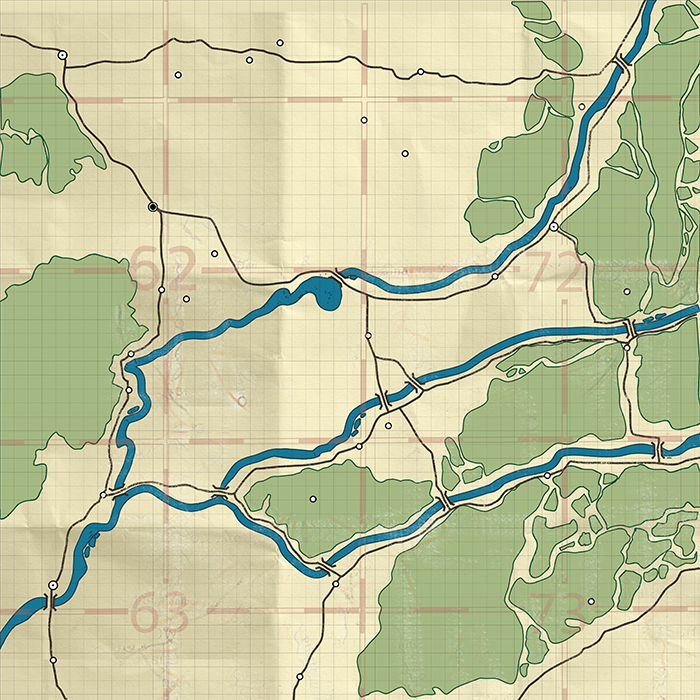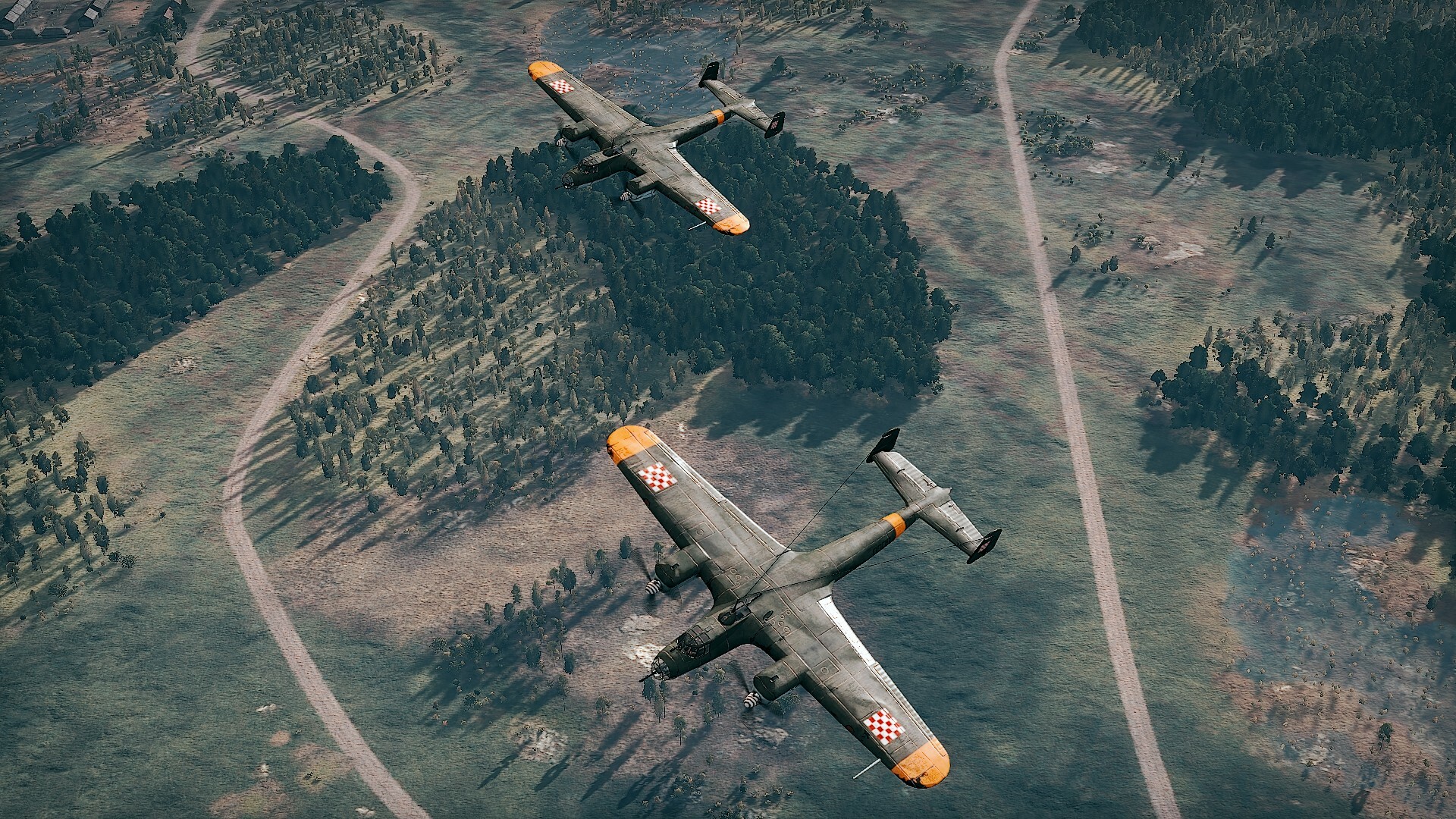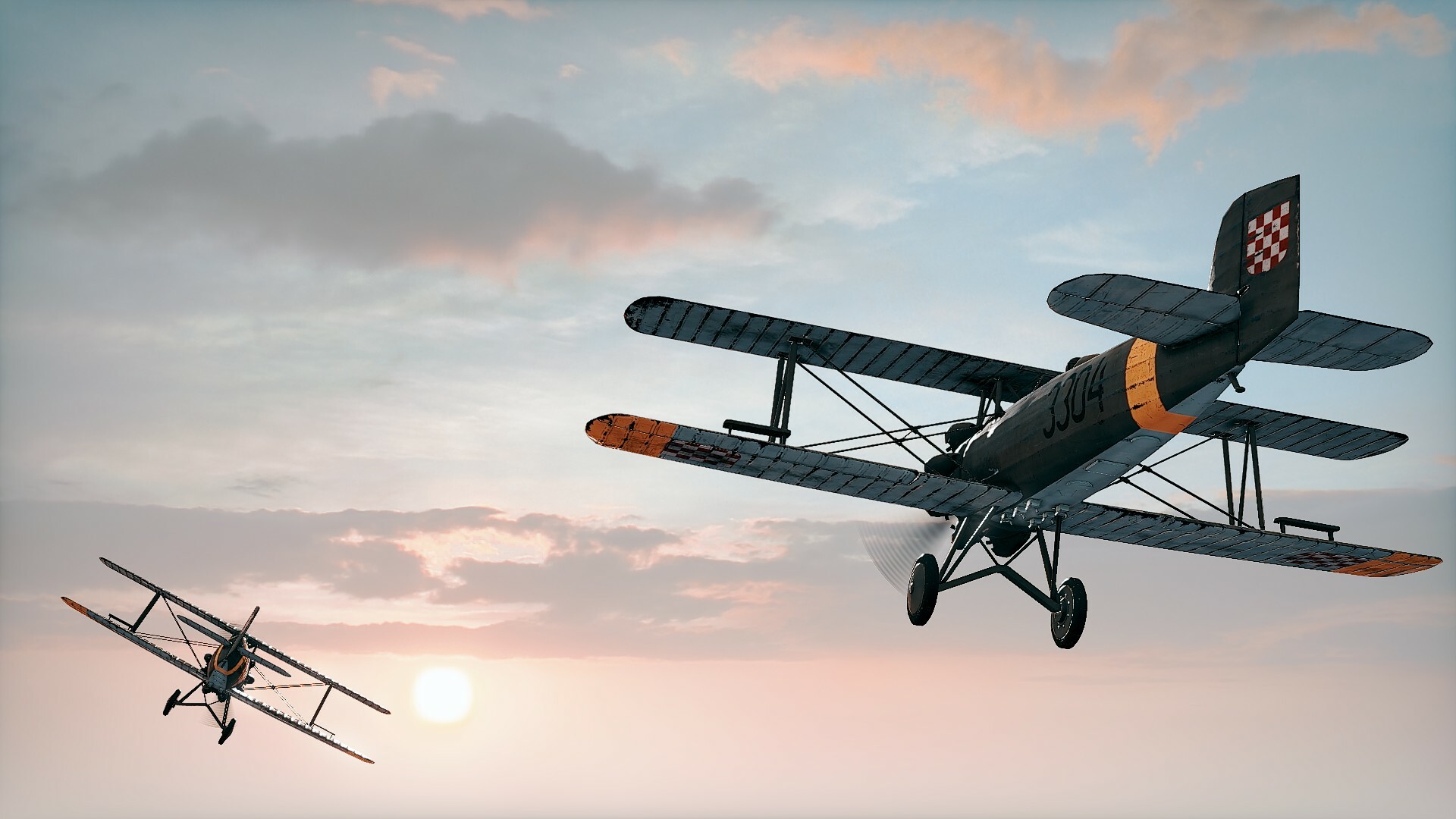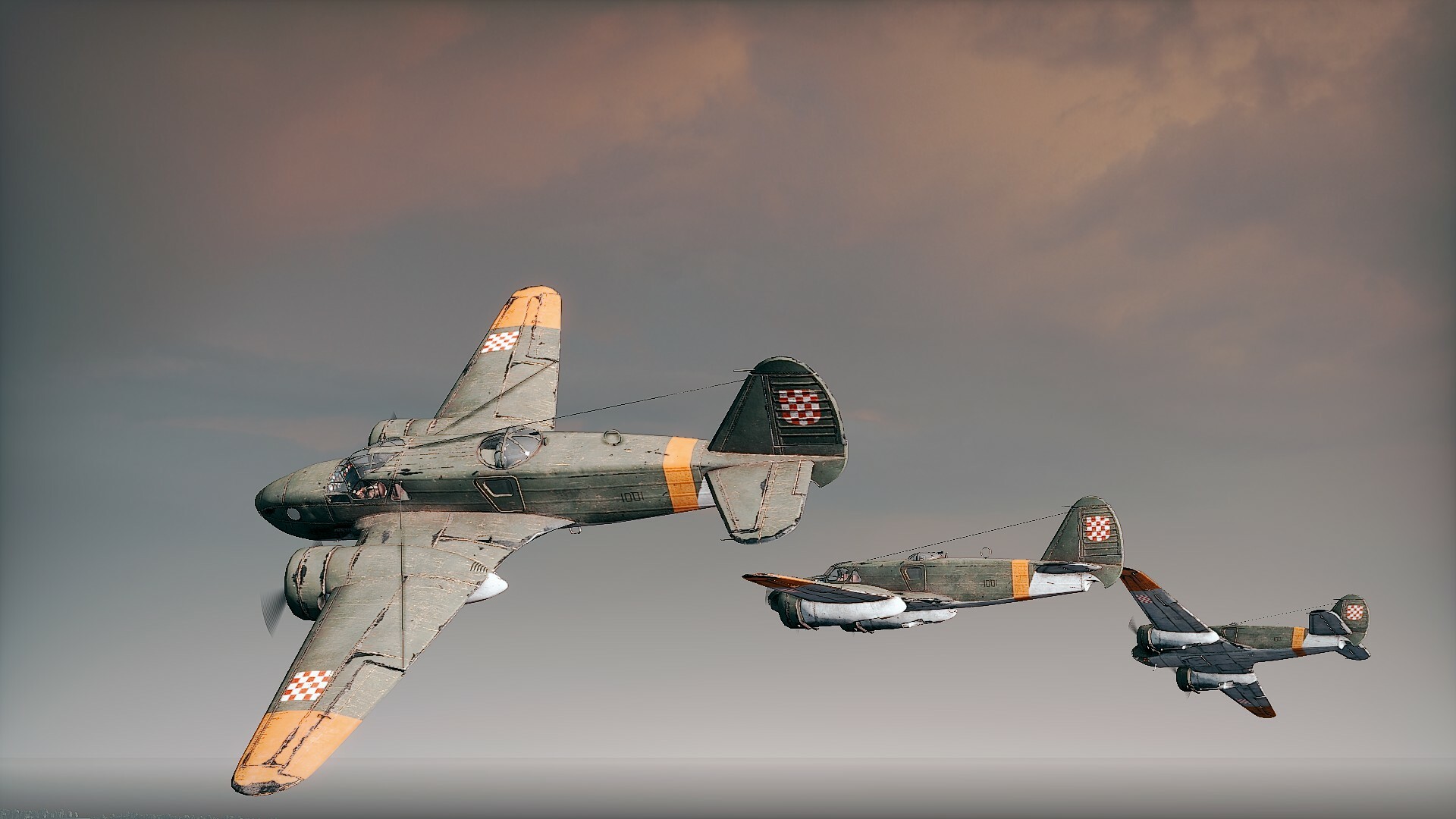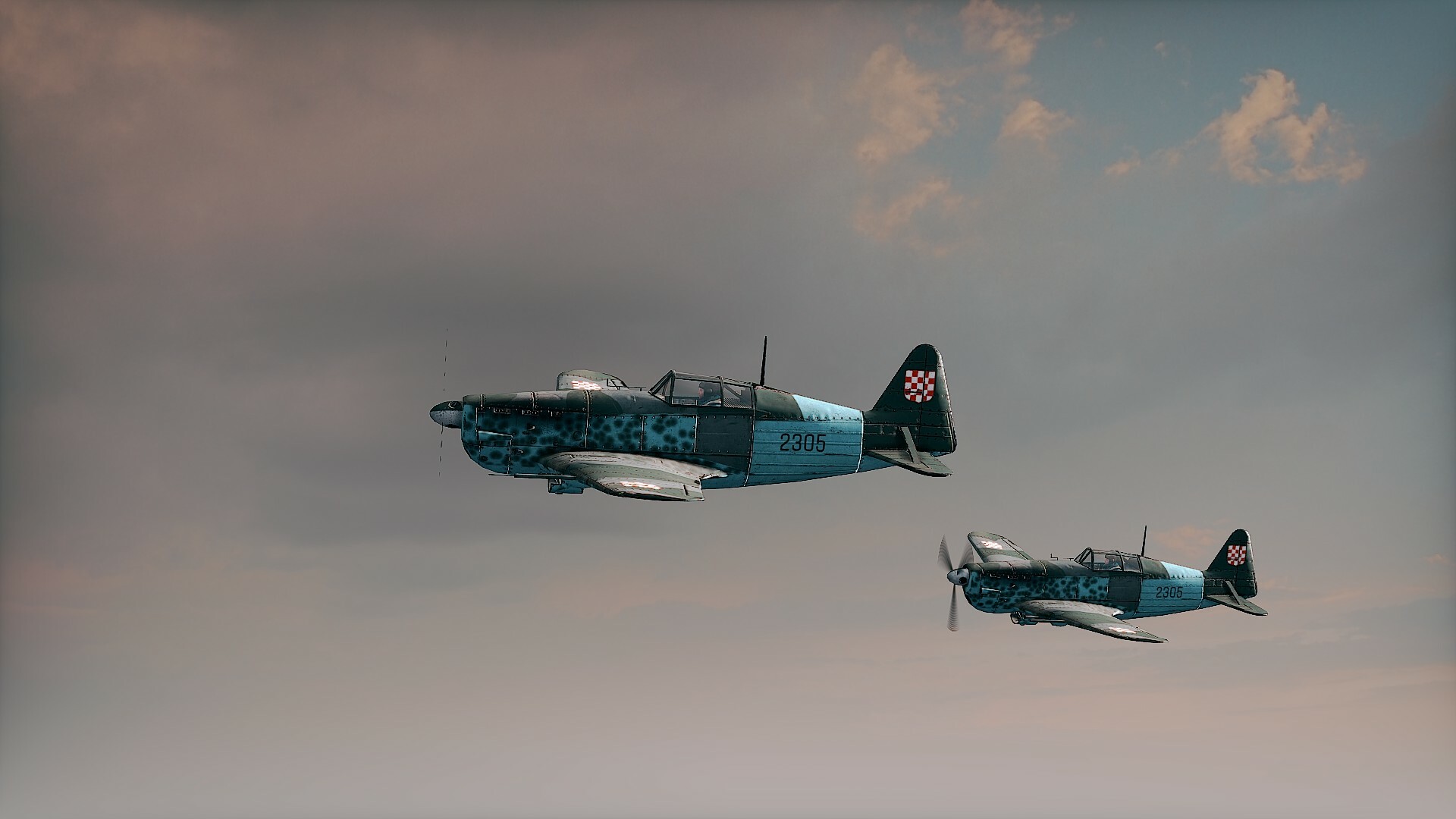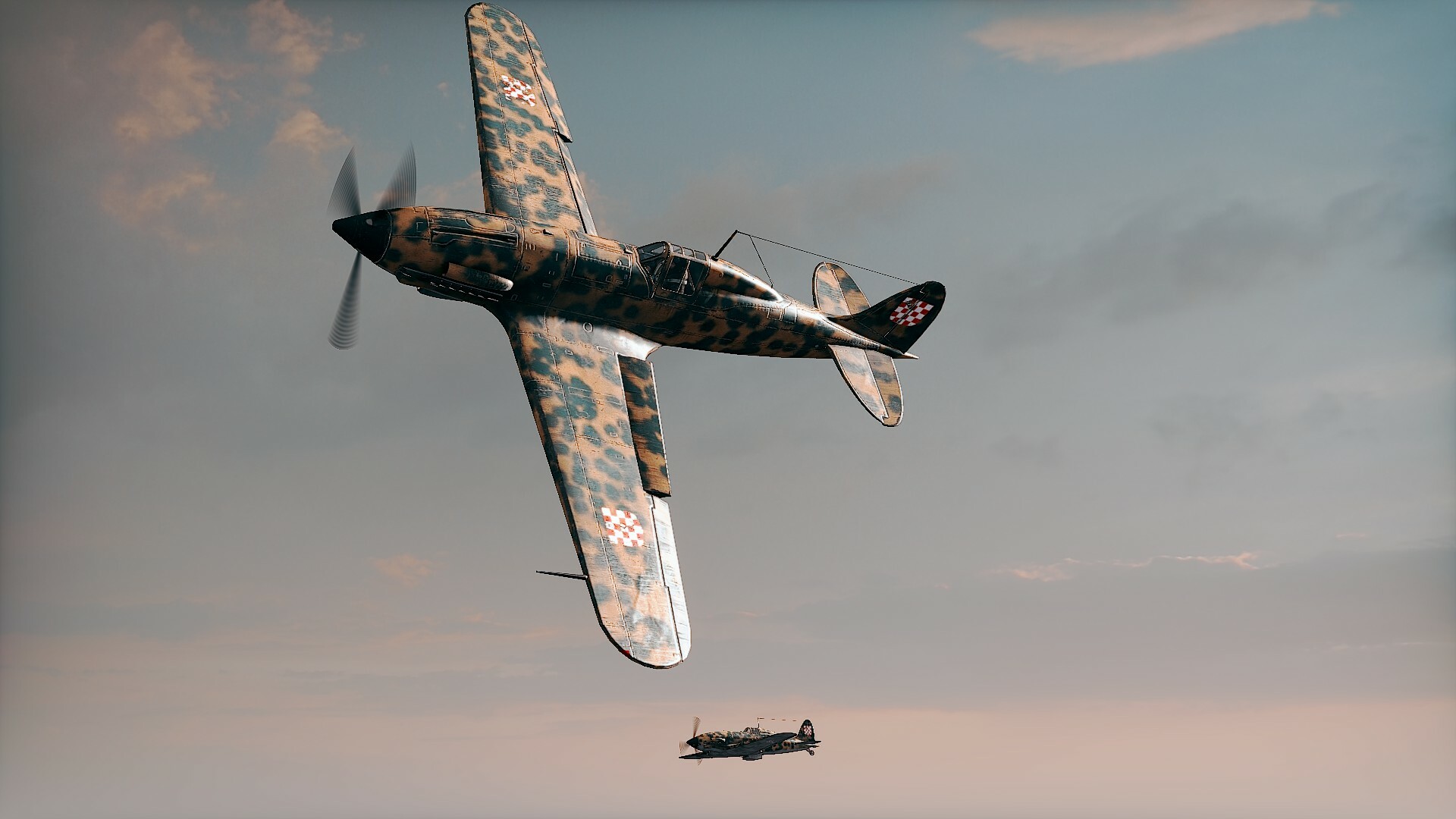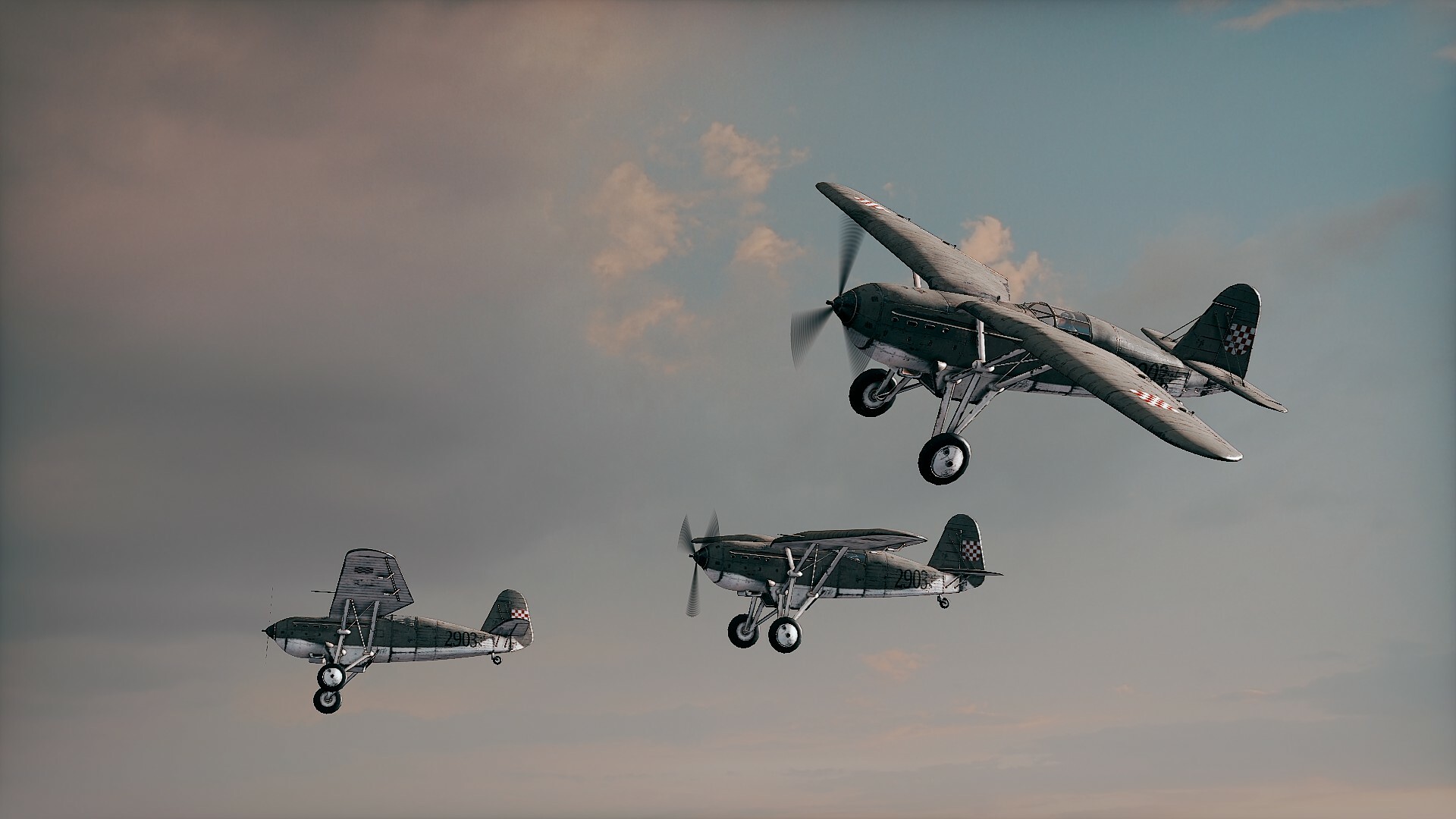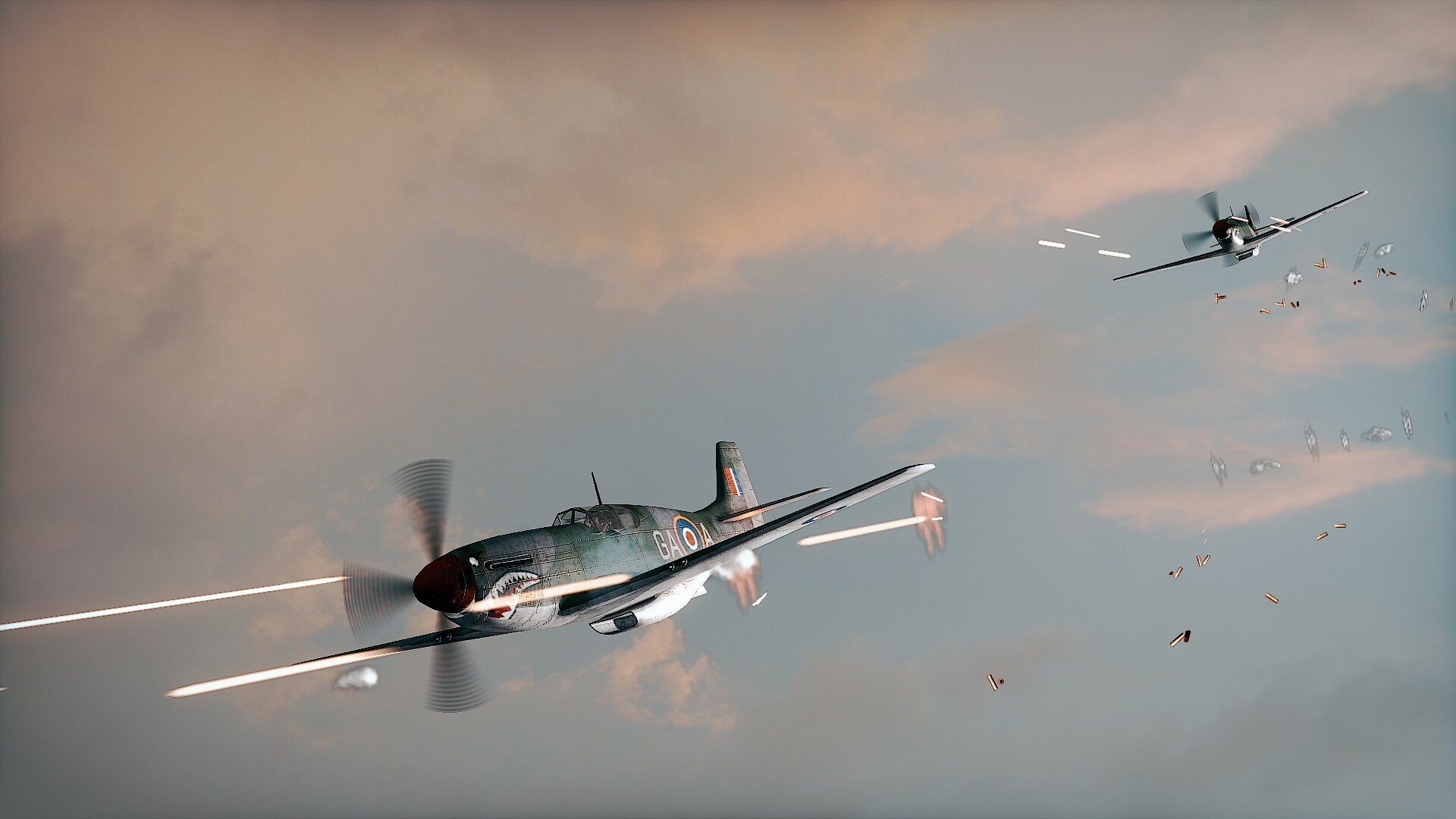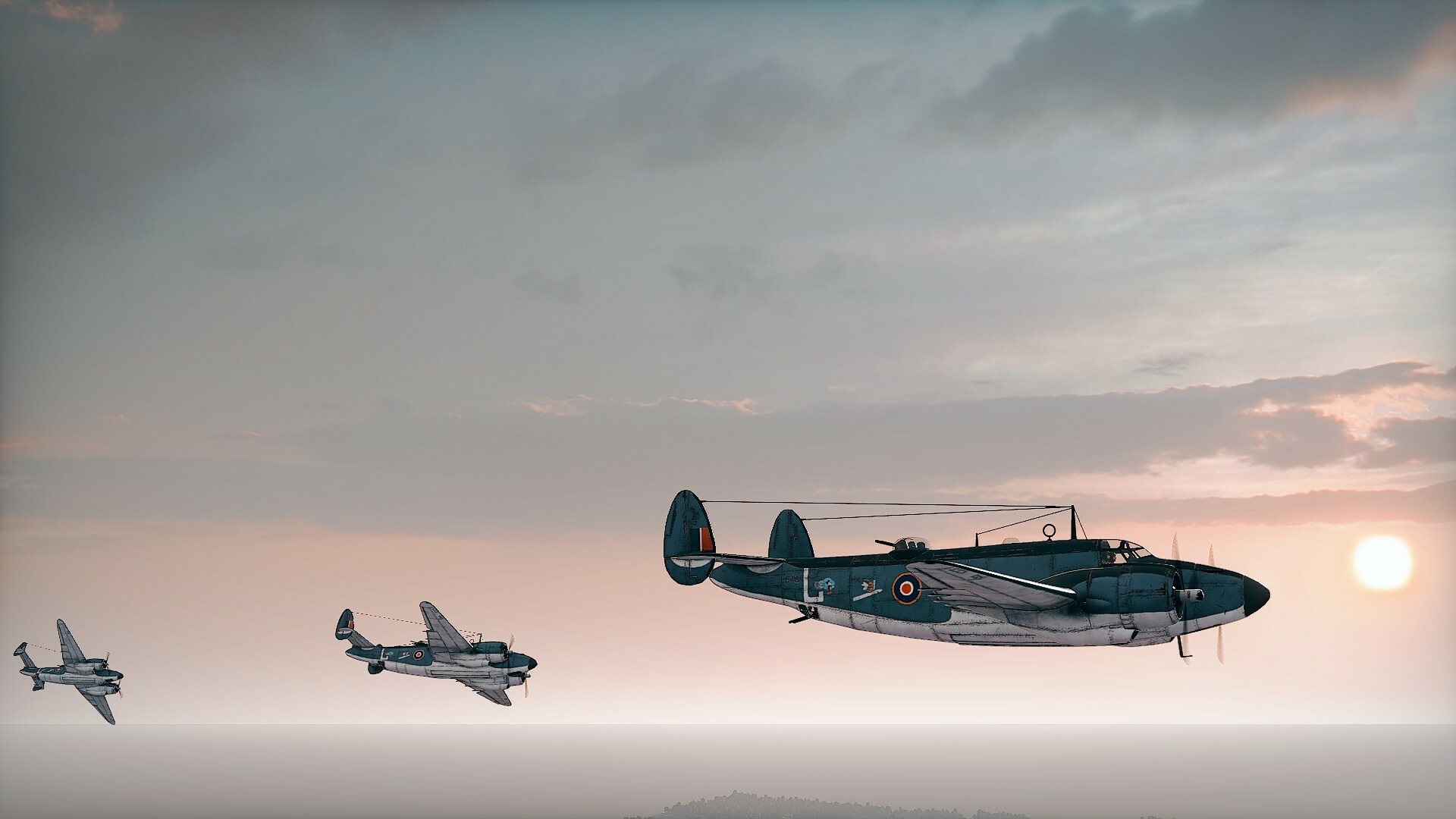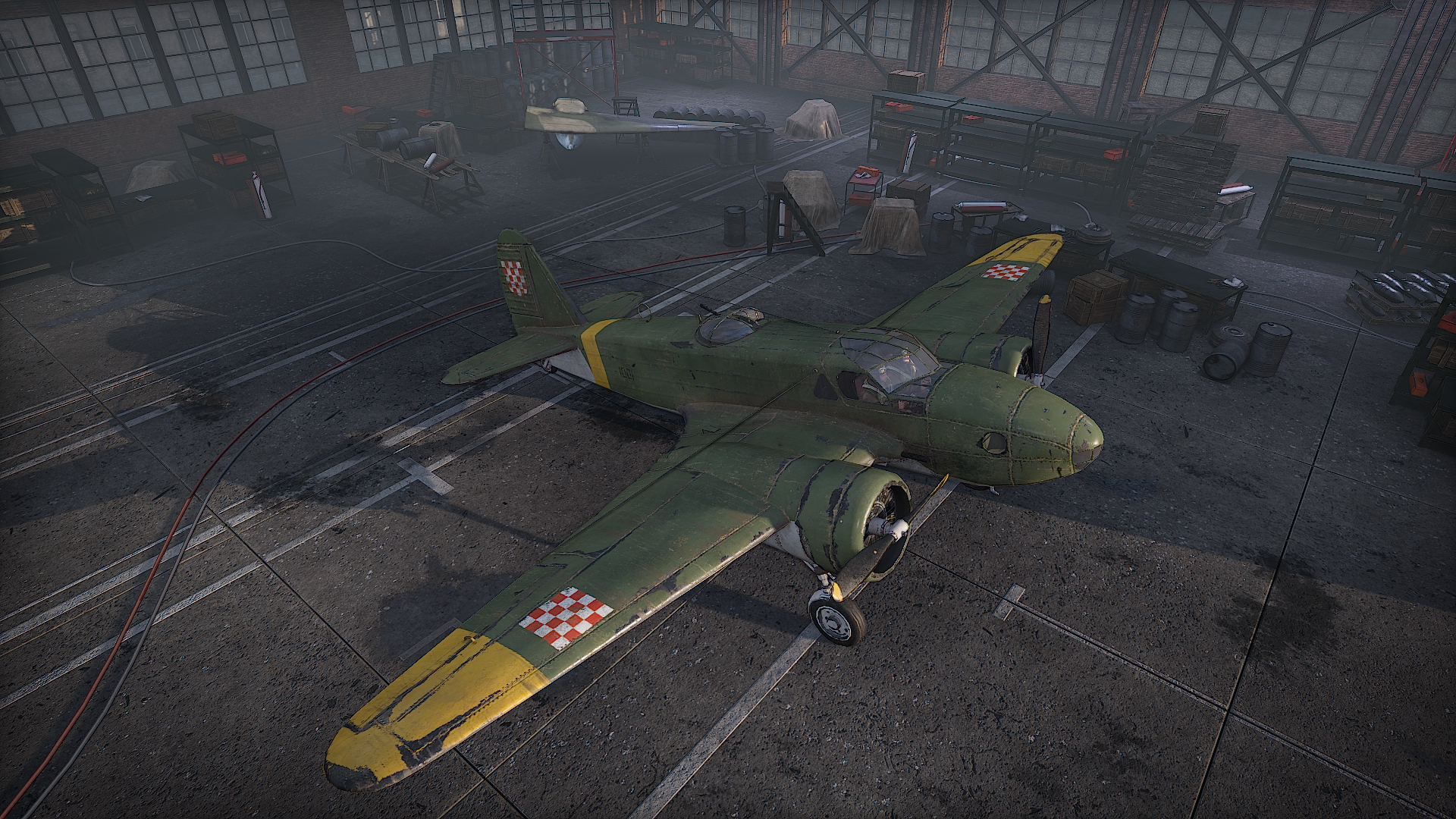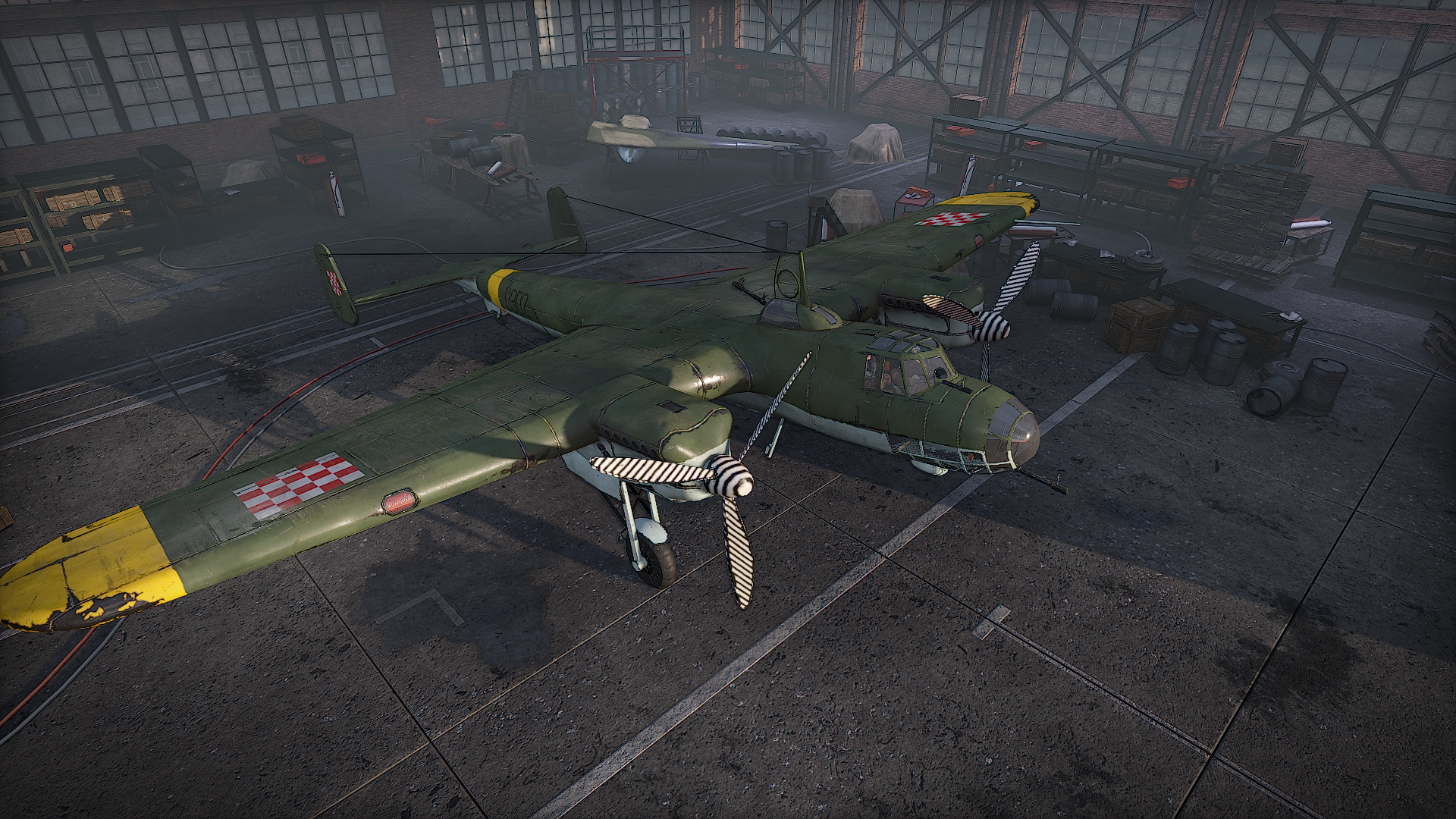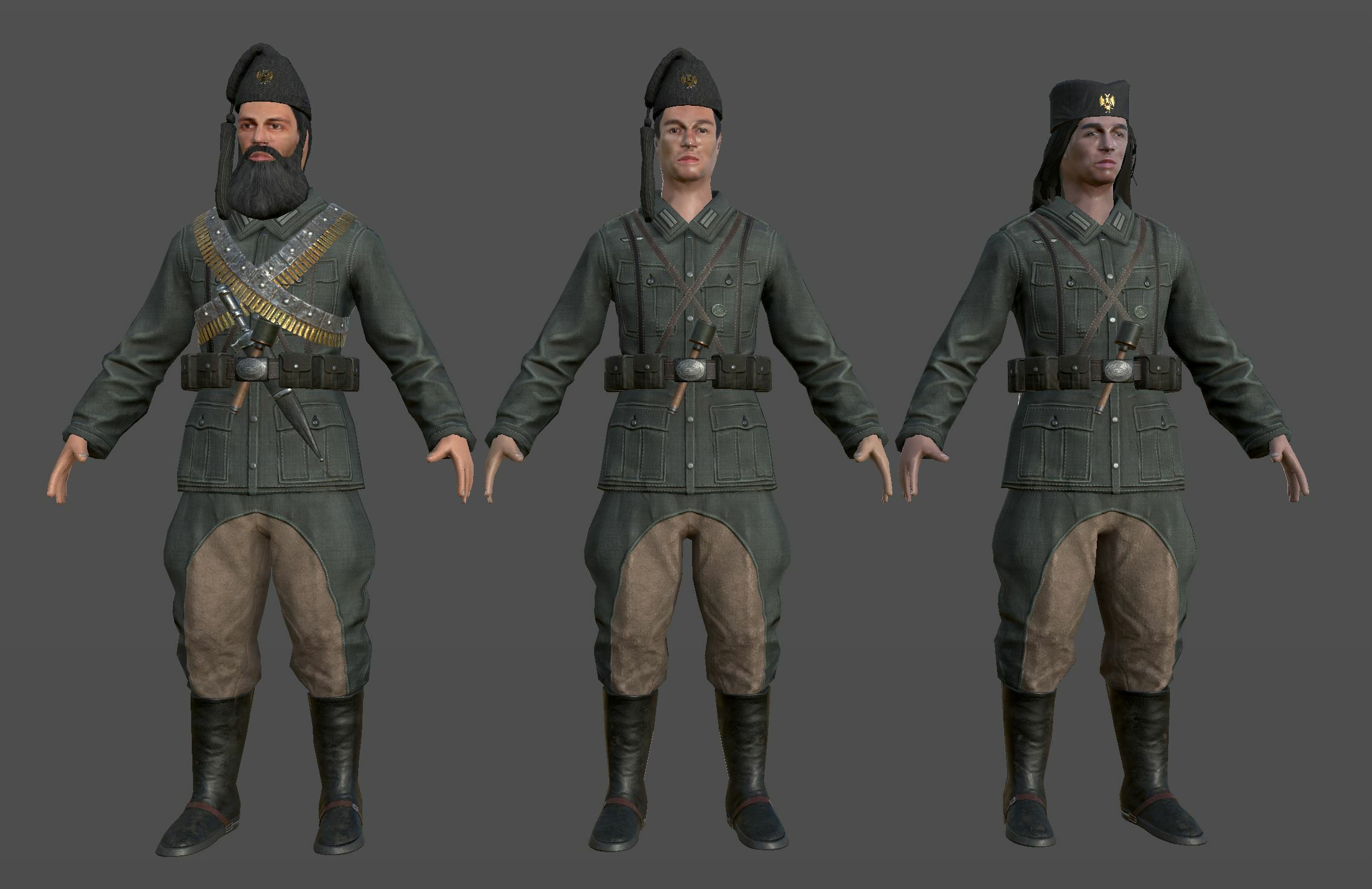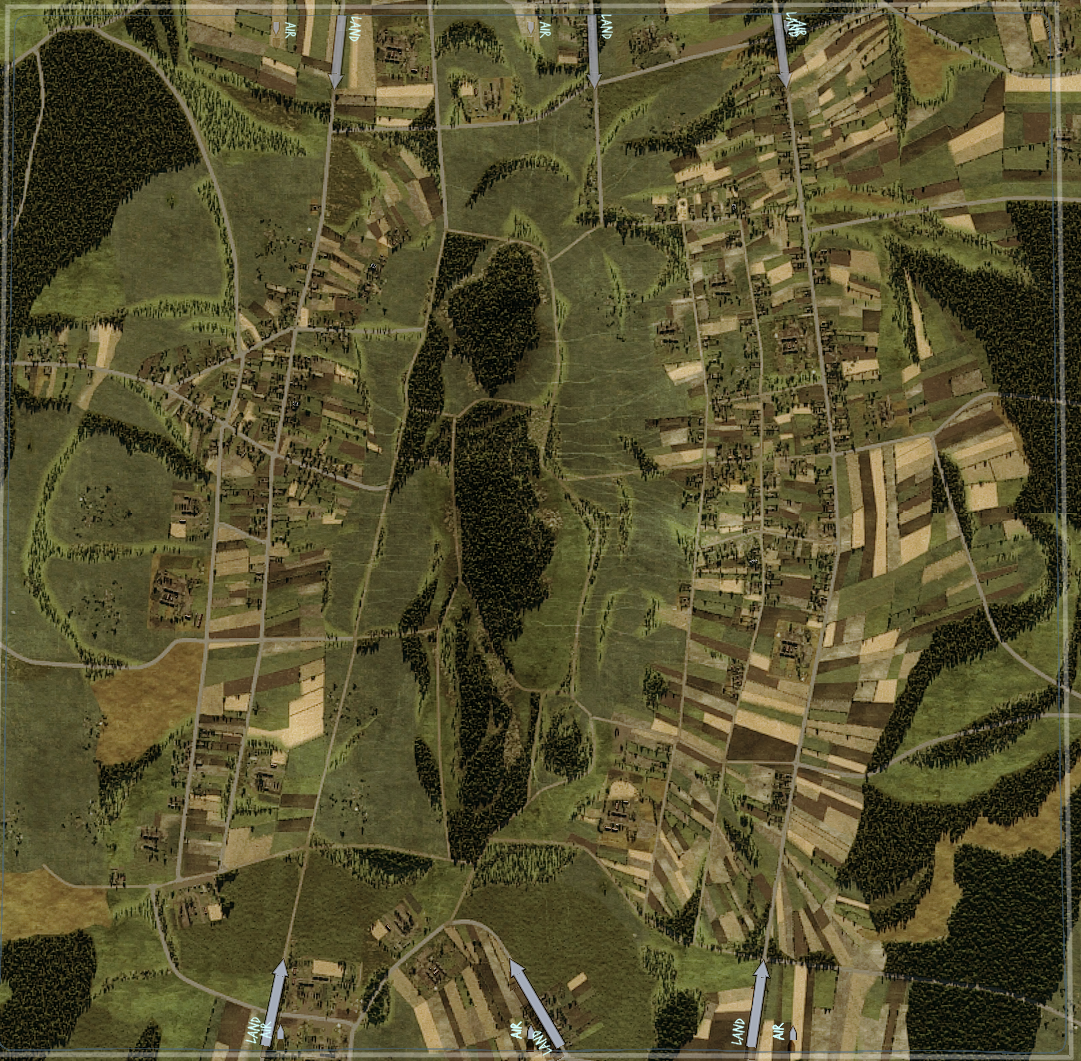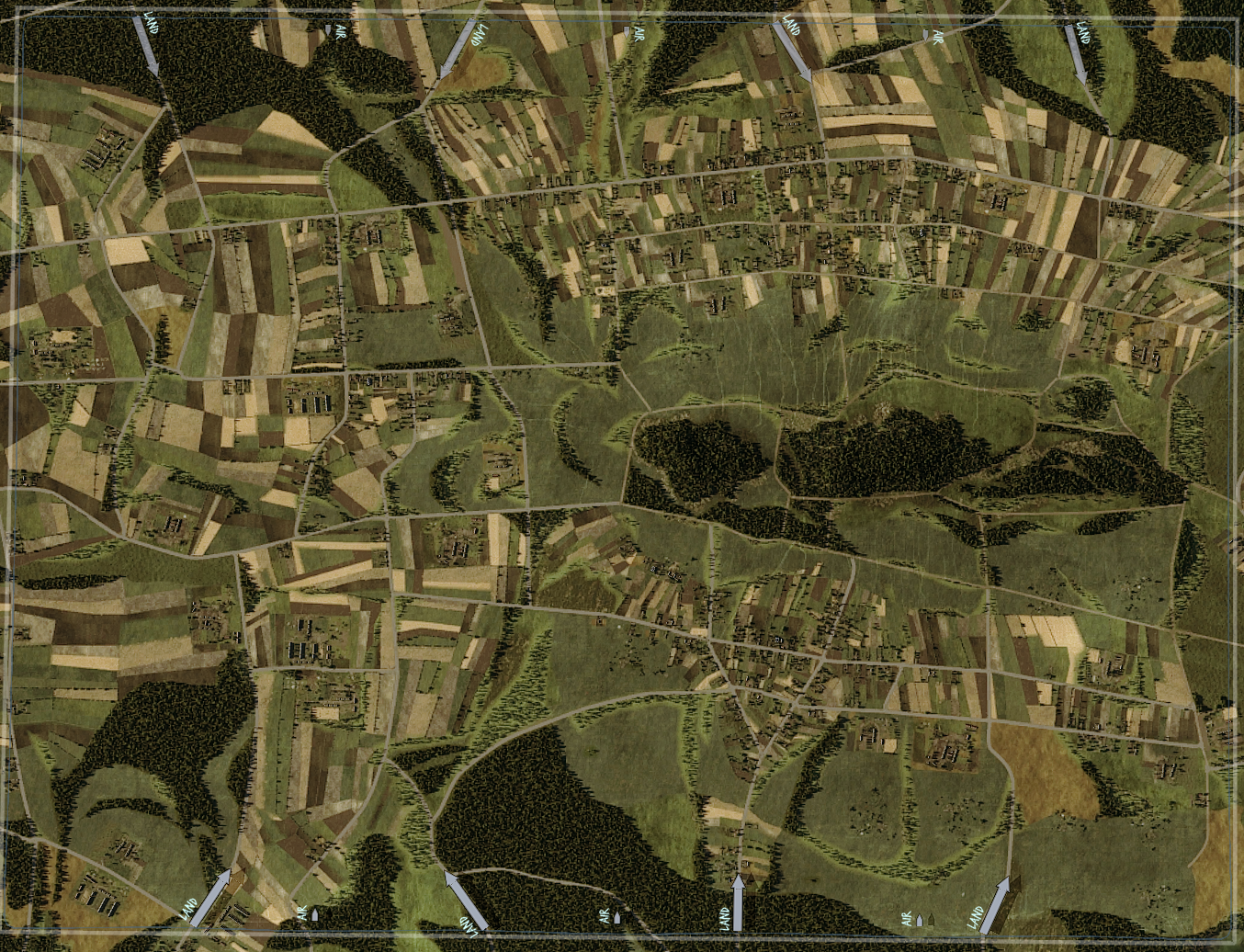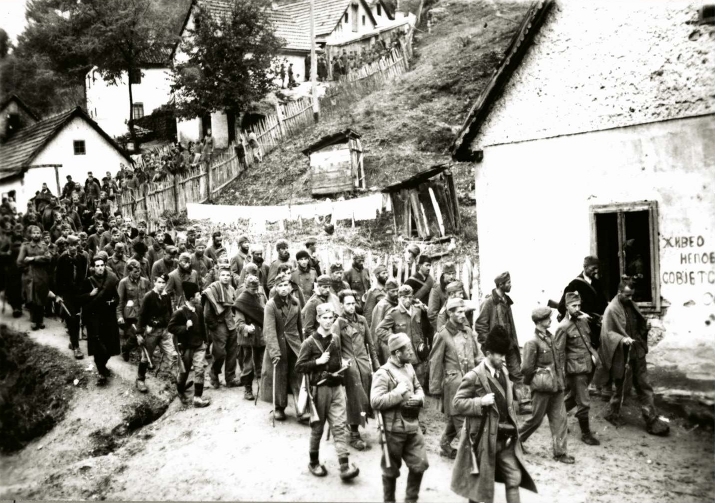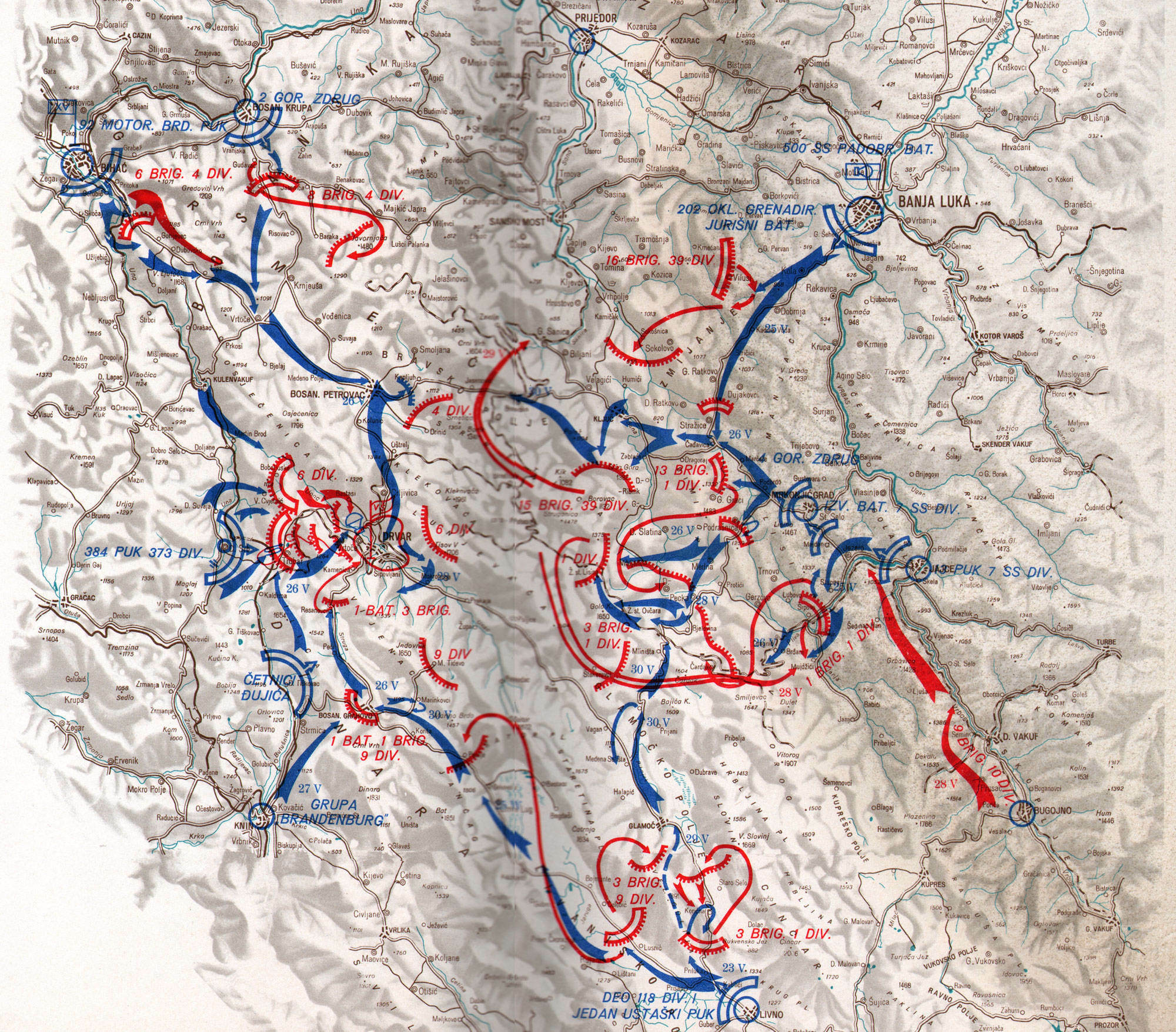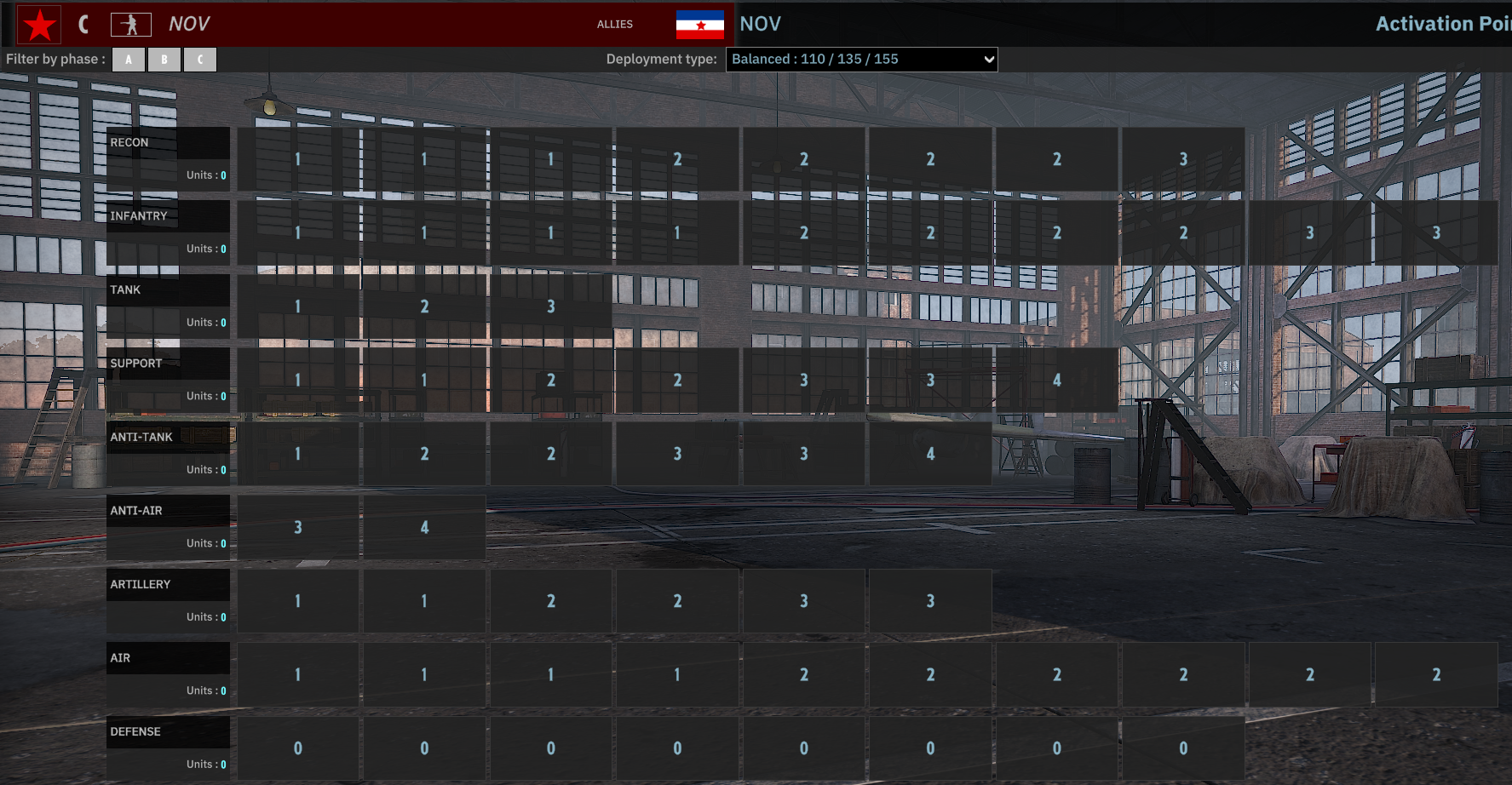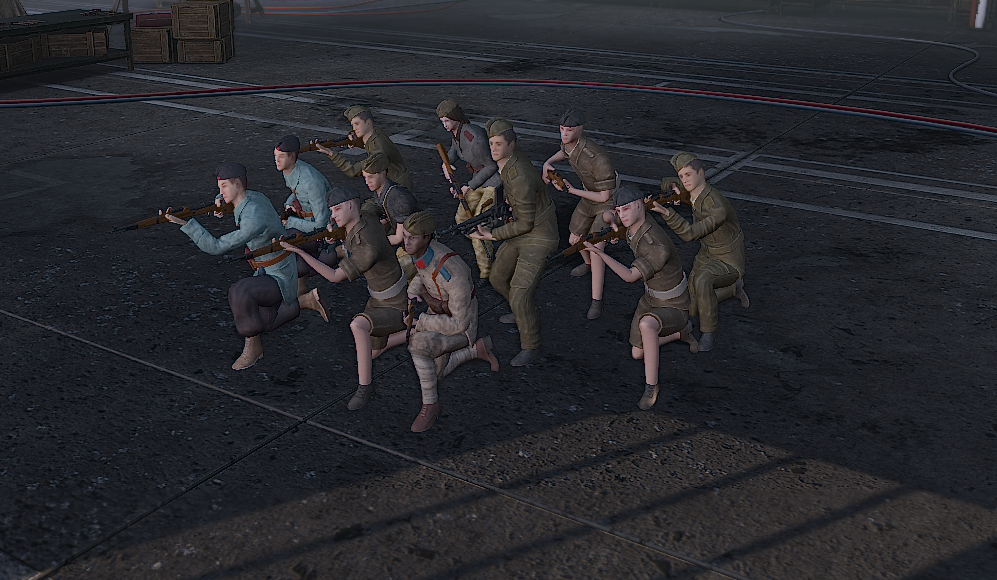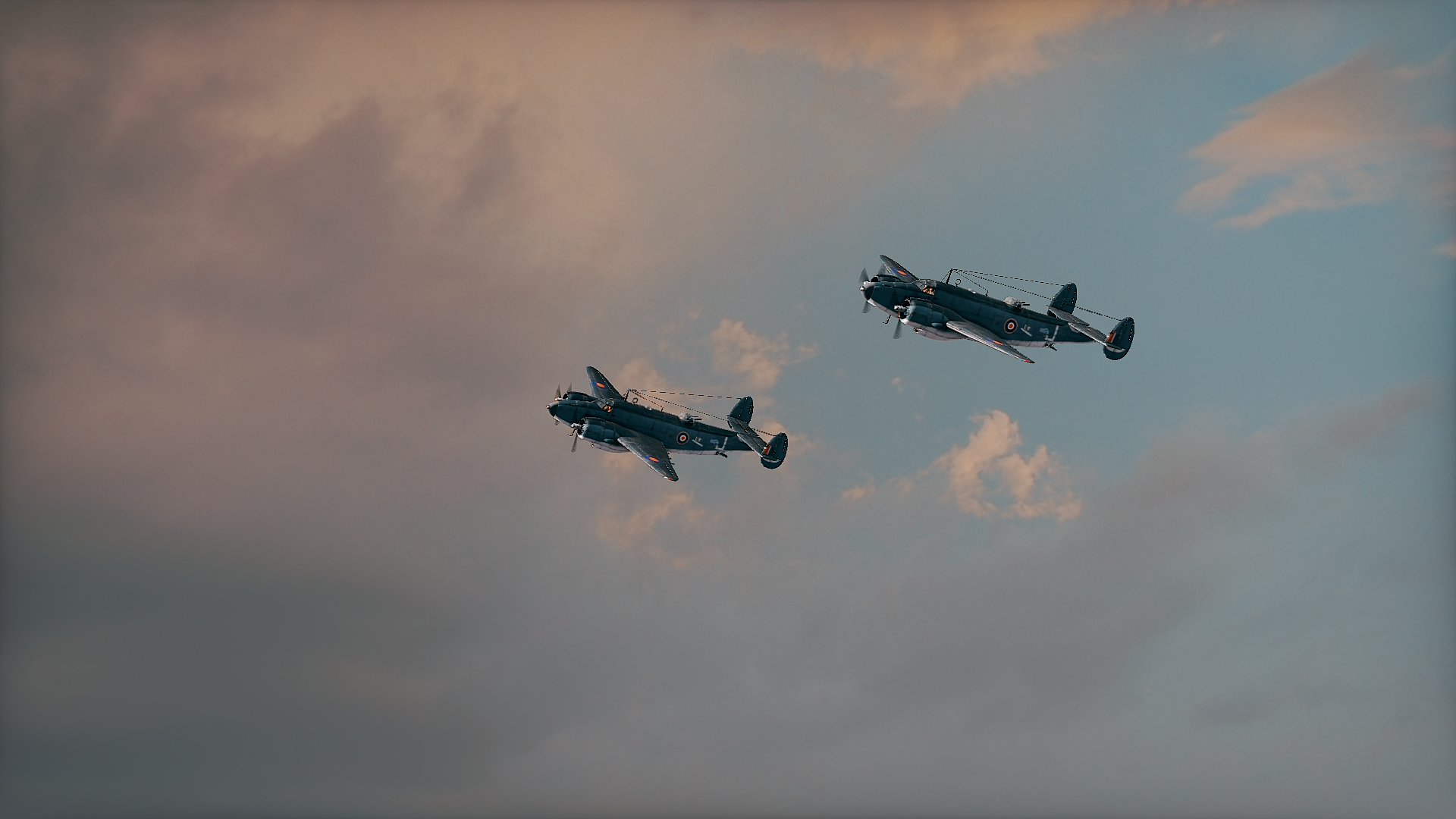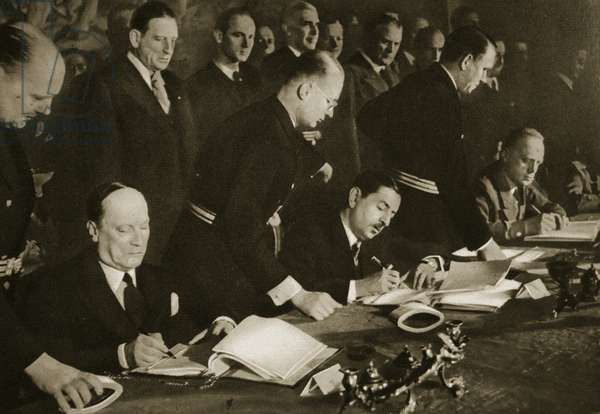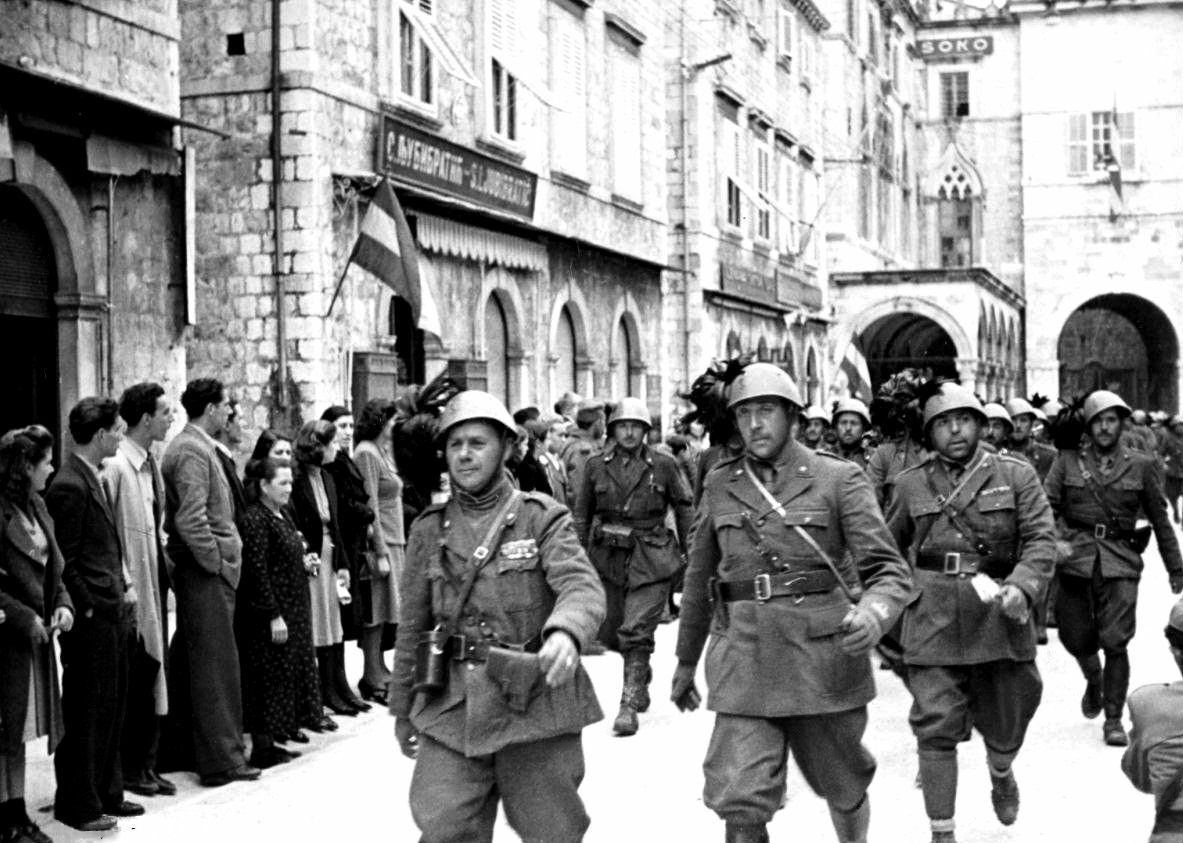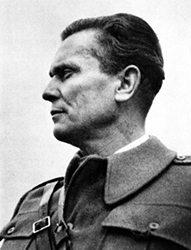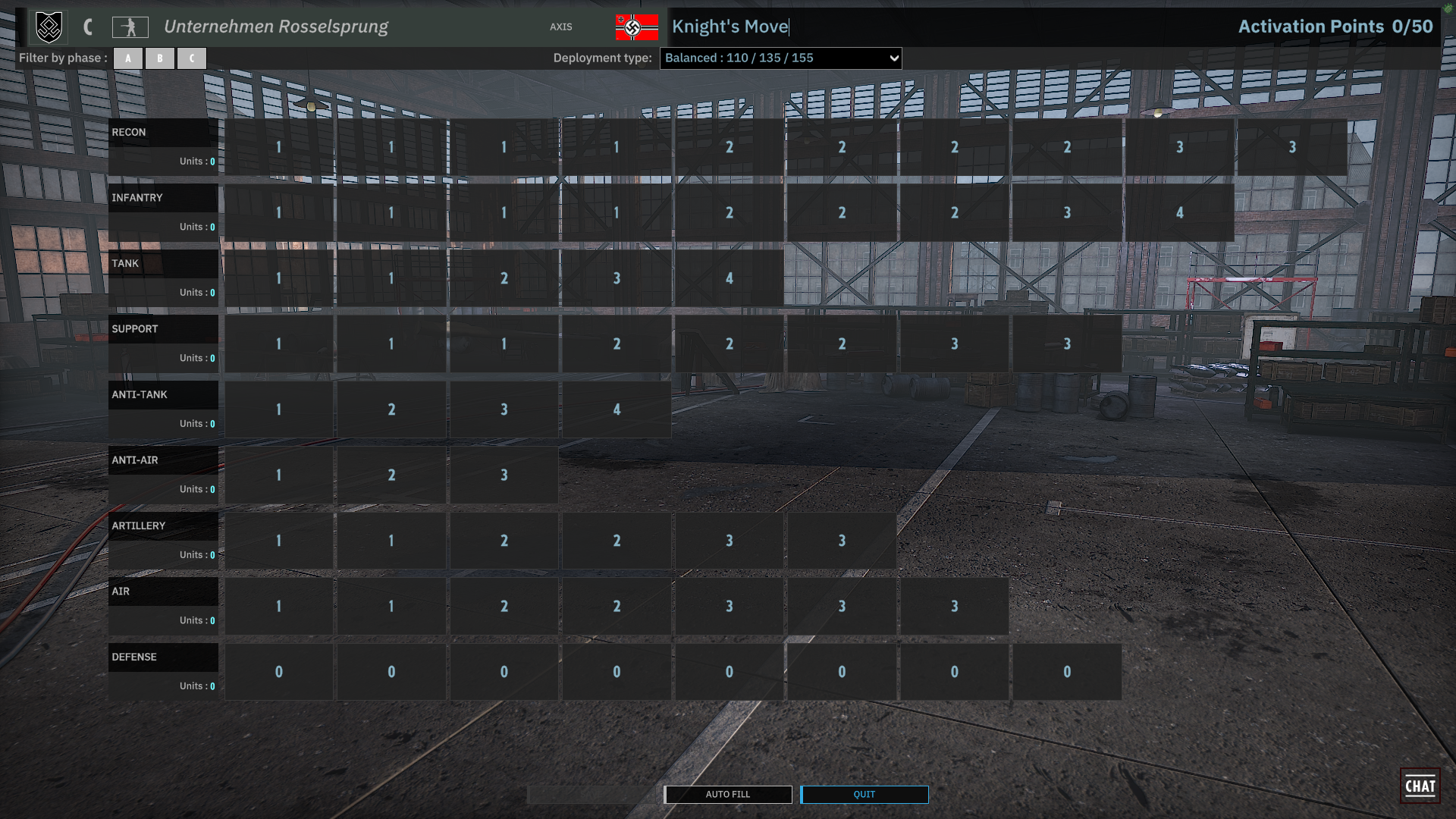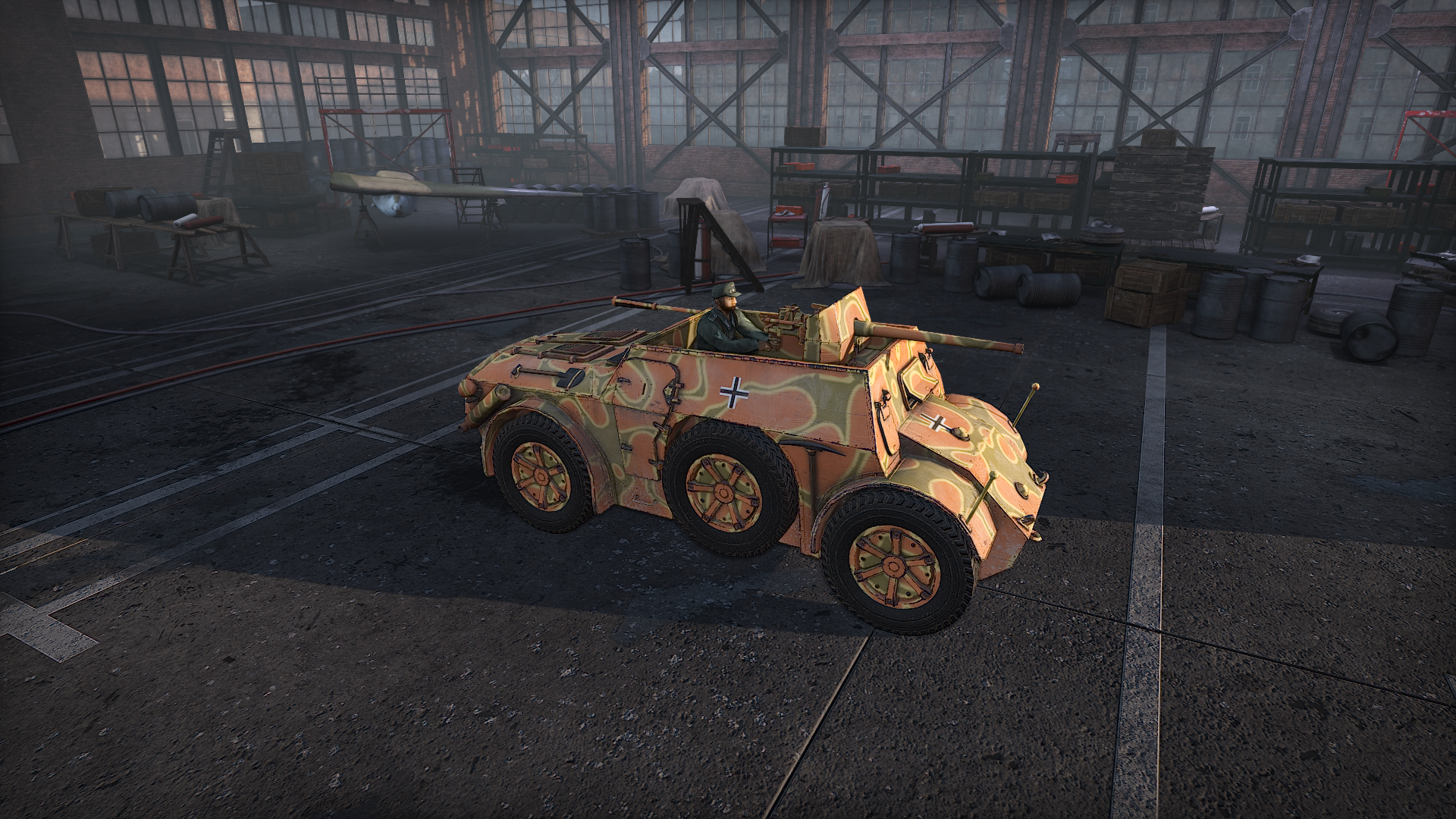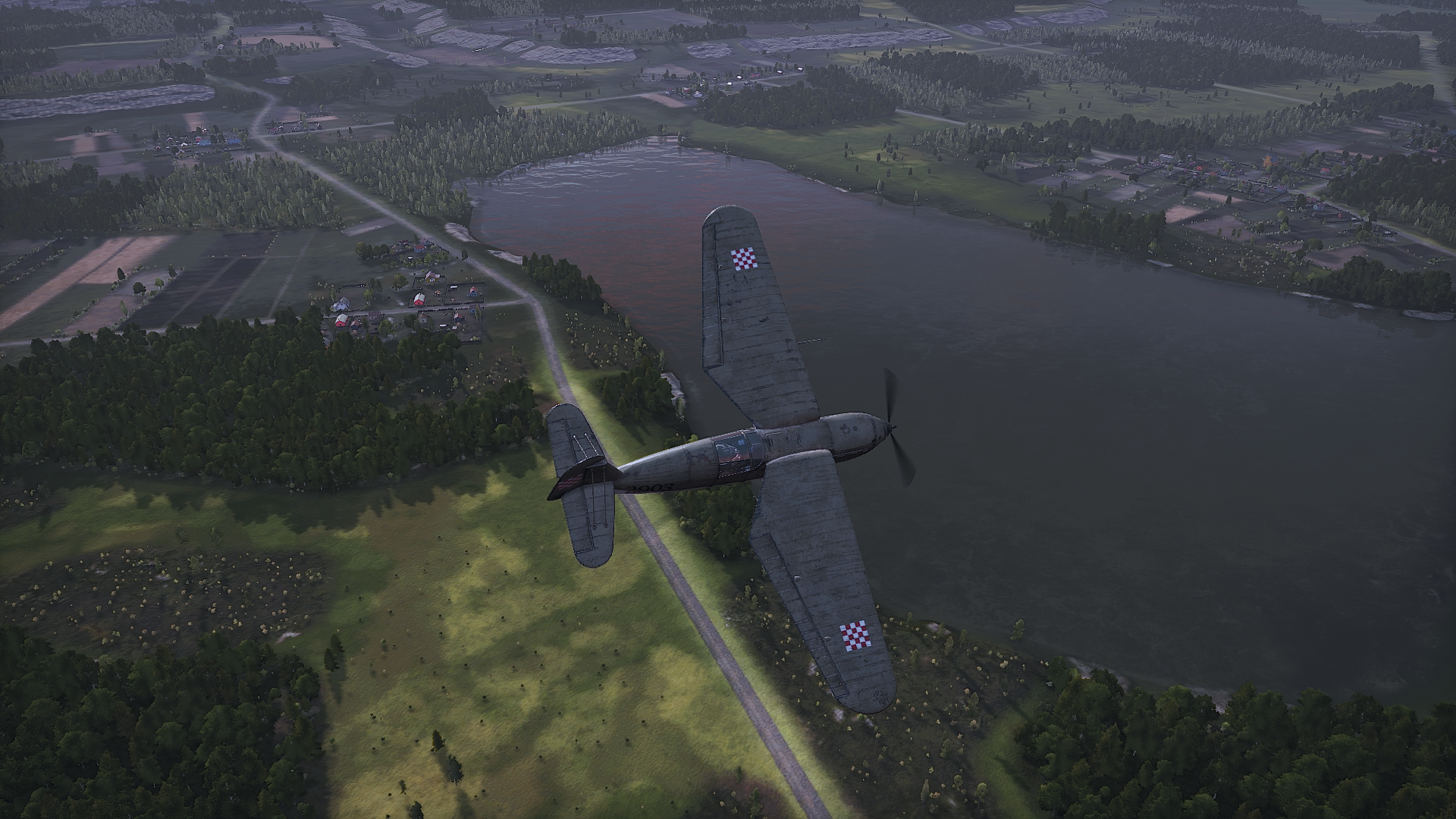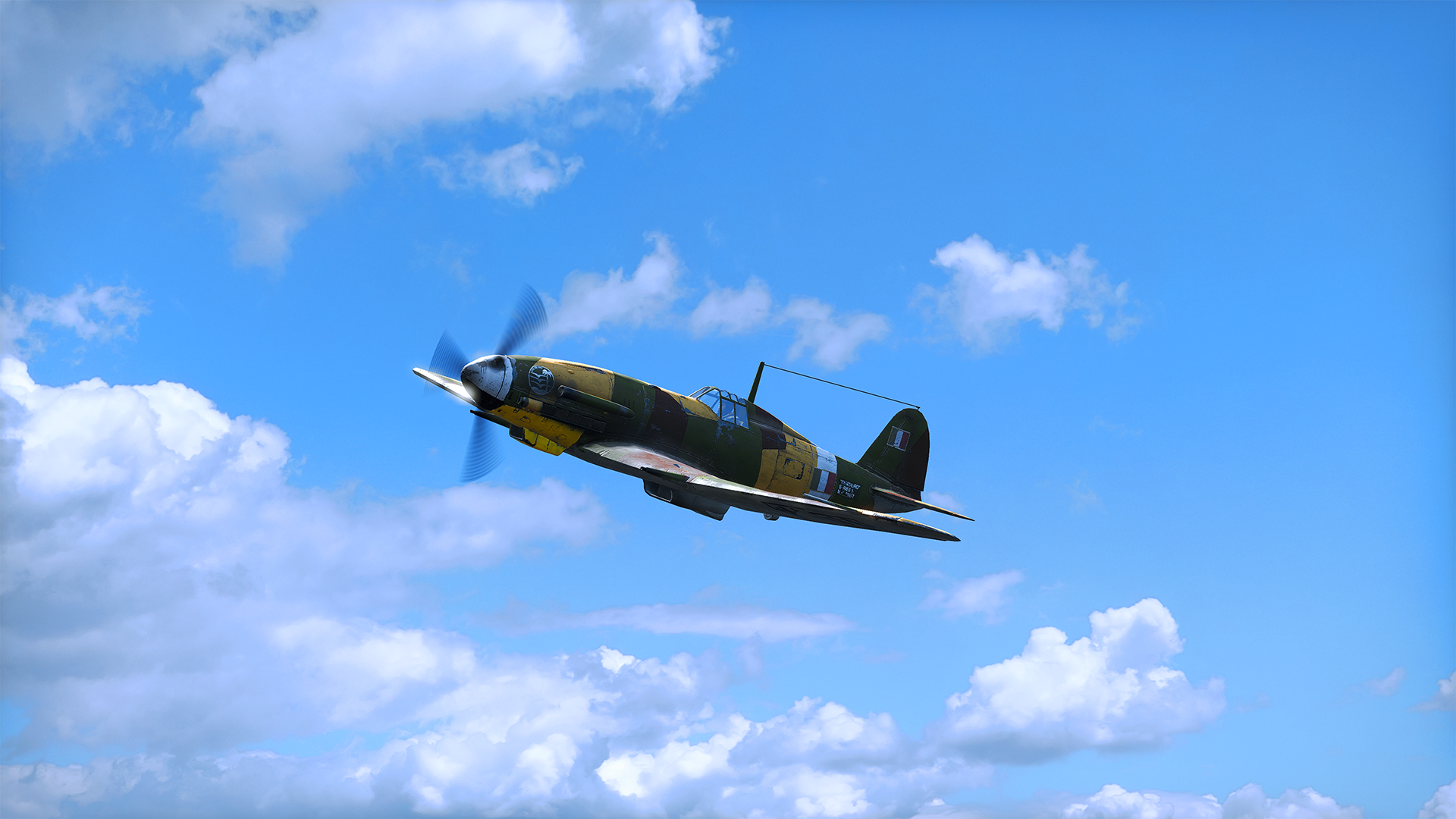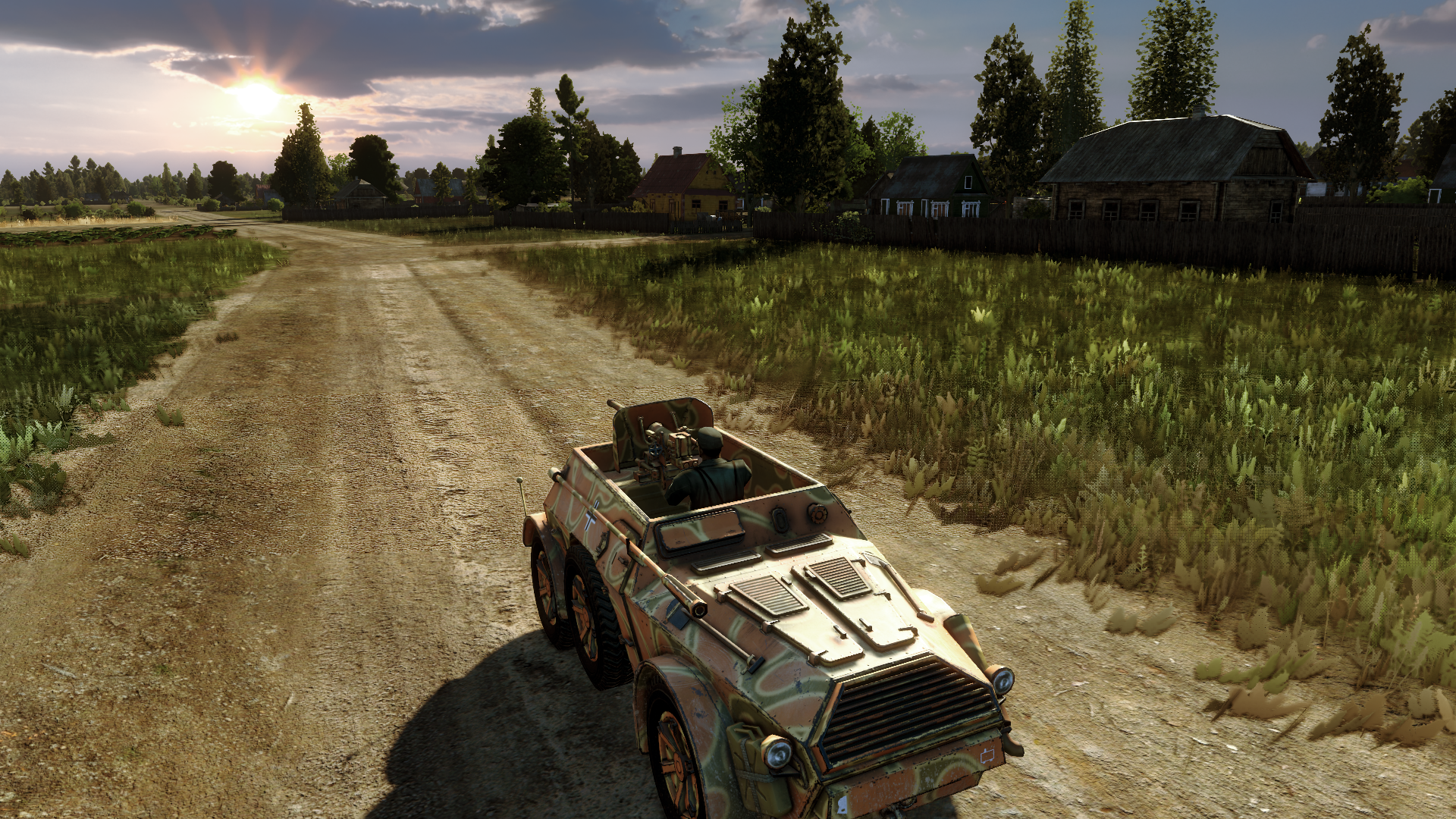
Apr 6, 2022
Steel Division 2 - [EUG] MadMat
Hello there!
As you know, we are working on our next Steel Division 2 DLC. We are going to highlight an often overlooked part of the Eastern Front - and two combatants not typically put in the spotlight.
The Battle of Turda was a hard-fought campaign pitting Axis Hungary against freshly Allied Romania, which saw heavy fighting in the Northern Transylvania region in September 1944.
In last week’s blog post, we summarized what you can expect with this new DLC. You won’t only get to play in a massive new Army General strategic campaign, but also several new divisions and two new Aces will be featured.
Today we will take a long look at our first Battle of Turda division. It might not come as a complete surprise, but let’s welcome to the stage the Hungarian 2nd Armored Division.
The 2. Páncéloshadosztály (or in plain English, the 2nd Armored Division) was Axis Hungary’s best equipped and most powerful division by the summer of 1944. The formation was originally formed in October 1941 as part of the second stage (Huba II) of the Huba Army Expansion and Mobilization Plan. This plan was the main pre-war guideline for Hungary’s force expansion during World War II. The original structure - which was tweaked and influenced by events on the ground and the difficulty of equipping all units with heavy weaponry - foresaw a Hungarian Army in 1943 with 25 light infantry divisions, 2 armored divisions, 1 cavalry division, 2 mountain brigades, and more.
According to this plan, the 2nd Armored Division (or 2. Páncélos) was supposed to be combat-ready by early 1942. In reality, only the close cousin armored formation, the 1. Tábori Páncéloshadosztály (1st Field Armored Division), was deemed fit for the front (with obsolete tanks) by spring 1942. After the 1. Páncélos was shipped to the front, the 2. Páncélos receives its much-needed share of equipment and vehicles.
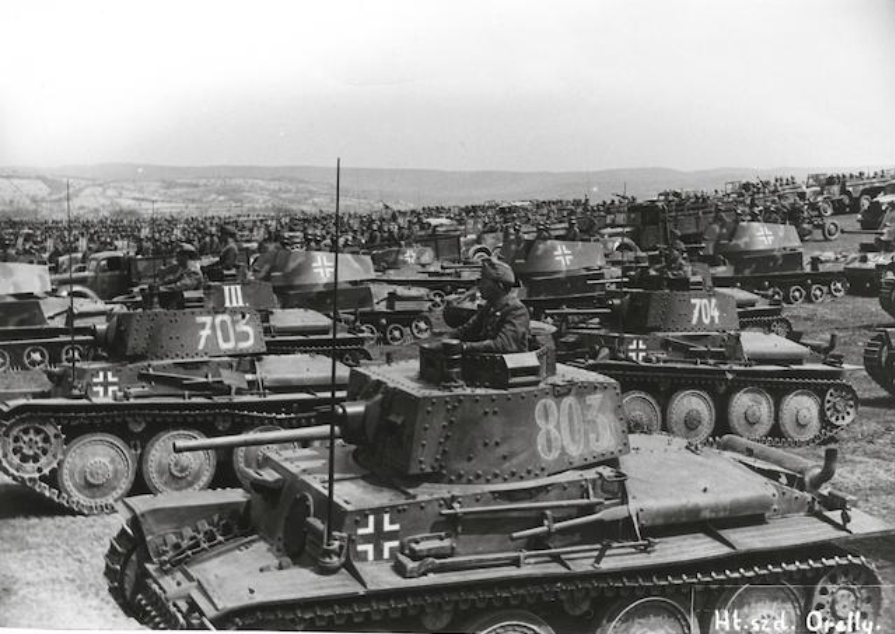
Even if the tanks arrived slowly, the motorization of its troops remained a serious problem for Hungary. Civilian trucks equipped the Hungarian Army in 1942-43, only to be lost during the Don retreat in 1943. The losses of Hungary’s motor pool during that time were over half of the total the country fielded. As a result, in early 1944, the 2. Páncélos much like other formations, was still missing the vital transports and trucks. Some units were even downgraded back to horses!
Interestingly enough, the number of tanks was not the issue in the early war years of 2. Páncélos. This gave its crew plenty of opportunities to train; so much so, that the armor started to break down after too intense training use.
The prospects of Nazi Germany losing became increasingly clearer after 1943. Hungary started to think seriously about war coming to its frontiers. As such, the army kept its best divisions (2. Páncélos and 1. Lovas) close to home. In early 1944, the Hungarian leadership began secret negotiations with the Allies to seek a separate peace. However, Germany got wind, and in Operation Margarethe in March 1944, Hungary was swiftly occupied with the Hungarian government replaced by a puppet regime.
After this bloodless coup, the Hungarian's fresh fighting forces were dispatched to stem the tide of the incoming Red Army. As you know, 1. Lovas ended up in Belarus, during the Baranovichi scenario of Operation Bagration, featured in our Steel Division 2 base Army General campaign.
2. Páncélos’s fate was nearer to home. First, the armored division was assigned to the Hungarian First Army, and ordered into Galicia. It repelled Soviet counter-attacks before being pulled back into reserve, covering the retreat of other Hungarian troops. In a month of fighting, the 2. Páncélos had proven itself well. Its equipment, however, was completely obsolete. The formation received some second-hand German tanks, including a handful of Panthers and Tigers. One (reduced) battalion came to be fully regrouped with German war machines, while another battalion was brought up to full strength with Hungarian vehicles.

After the refit, and back in Hungary, the division, much like the rest of the country, prepared to defend their soil against the inevitable Soviet invasion. However, Romania’s change of sides changed the strategic calculation in one fell swoop. The Hungarian II. Corps was ordered into Romania, with 2. Páncélos spearheading the offensive. There were several objectives of the assault, but the offensive was in no small part fueled by Hungarian’s wish to (re)gain control over Romania’s Northern Transylvania region.
The 2. Páncélos division advanced deep into Romanian-held territory, but couldn’t break through the front completely. Failing to secure the Carpathian Mountains’ passes before the Red Army arrived, the Hungarian offensive stalled and turned into a drawn-out battle for the city of Turda on the Arieș river.
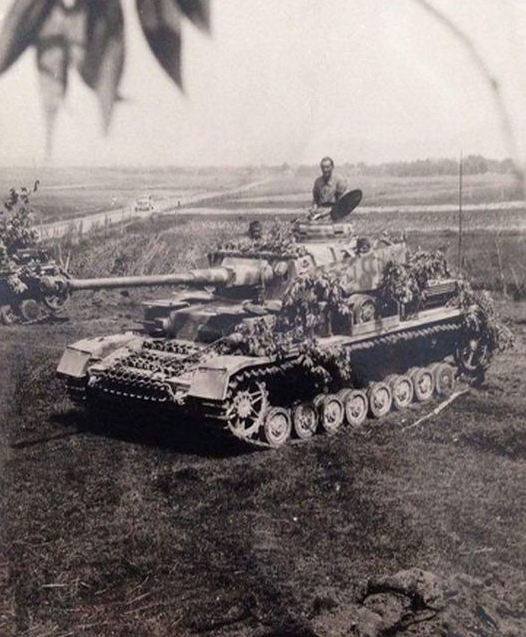
The 2. Páncélos battled and managed to stop a number of Romanian-Soviet counter-attacks. After several pauses in combat, the formation was relieved by the German 23. Panzer at the end of September. A mere shadow of its former self, the 2. Páncélos was decimated in the defensive actions near the Ipel River, in Hungary proper, in late December 1944, before ultimately surrendering to Soviet forces in Austria in April 1945.
All right: history lesson over. What can you expect of our 2. Páncélos, aka 2nd Armored Division in Steel Division 2?
- The defining feature of the division will be its large choice of tanks: from Hungarian Toldi II, Turan I and II, but also Panzer IV H. You will also encounter a single card each of Panther A (as well as Ervin Tarczay featured in a single Panther commander tank) and Tiger E. There are going to be plenty of cheap slots and choices, with the pick of the litter being Hungarian armored vehicles (and Germans, but less so).
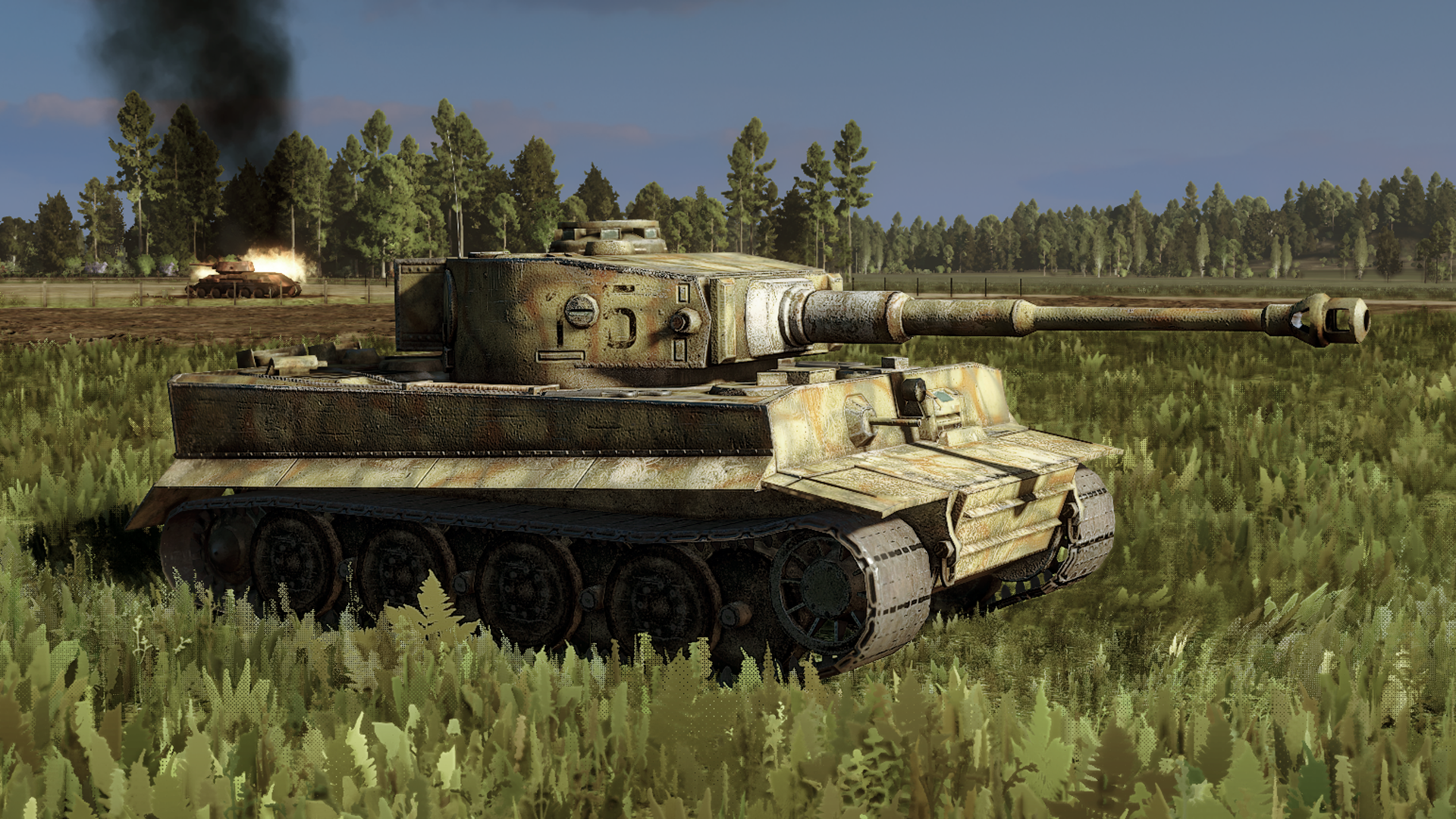
- The division’s infantry will be Mot. Lovesz infantry, organized much more like a typical German squad. All squads have a machine gun, in many cases an MG-42, while others retain the Solothurn 31M but also field the Hungarian Bazooka, a 44.M rocket launcher. This latter weapon is a crossover between a bazooka and a Panzerschreck; technologically, it's closer to the former, with more armor penetration.
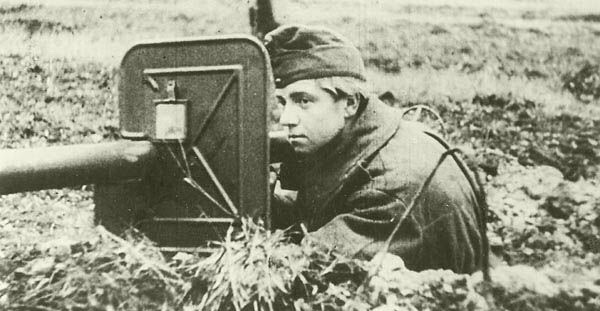
- Anti-tank guns include a mix of 97/38M old pieces, as well as the more modern PaK 40. It will also feature the StuG III G, used in this division as a tank destroyer.

- Another feature of the 2. Páncélos is the huge (unmatched by any other division during the war) number of self-propelled anti-air guns (SPAAGS), amounting to 40x Nimrod vehicles, not including towed Bofors and 80mm AA guns. That’s a serious amount of AA!
More details will come in the future.
In case you missed it, The Battle of Turda DLC will feature:
That’s all! We’ll be back next week with the first look at a new Allied division for the The Battle of Turda.
Until then, keep a close watch on our Steam forums and Instagram to keep up to date with the latest Steel Division 2 talk. Looking for an online game? Visit the kick-ass Discord server or Reddit page and get involved with the lively Steel Division 2 community!
See you!
As you know, we are working on our next Steel Division 2 DLC. We are going to highlight an often overlooked part of the Eastern Front - and two combatants not typically put in the spotlight.
The Battle of Turda was a hard-fought campaign pitting Axis Hungary against freshly Allied Romania, which saw heavy fighting in the Northern Transylvania region in September 1944.
In last week’s blog post, we summarized what you can expect with this new DLC. You won’t only get to play in a massive new Army General strategic campaign, but also several new divisions and two new Aces will be featured.
Today we will take a long look at our first Battle of Turda division. It might not come as a complete surprise, but let’s welcome to the stage the Hungarian 2nd Armored Division.
The Hungarian 2nd Armored Division
The 2. Páncéloshadosztály (or in plain English, the 2nd Armored Division) was Axis Hungary’s best equipped and most powerful division by the summer of 1944. The formation was originally formed in October 1941 as part of the second stage (Huba II) of the Huba Army Expansion and Mobilization Plan. This plan was the main pre-war guideline for Hungary’s force expansion during World War II. The original structure - which was tweaked and influenced by events on the ground and the difficulty of equipping all units with heavy weaponry - foresaw a Hungarian Army in 1943 with 25 light infantry divisions, 2 armored divisions, 1 cavalry division, 2 mountain brigades, and more.
According to this plan, the 2nd Armored Division (or 2. Páncélos) was supposed to be combat-ready by early 1942. In reality, only the close cousin armored formation, the 1. Tábori Páncéloshadosztály (1st Field Armored Division), was deemed fit for the front (with obsolete tanks) by spring 1942. After the 1. Páncélos was shipped to the front, the 2. Páncélos receives its much-needed share of equipment and vehicles.

Even if the tanks arrived slowly, the motorization of its troops remained a serious problem for Hungary. Civilian trucks equipped the Hungarian Army in 1942-43, only to be lost during the Don retreat in 1943. The losses of Hungary’s motor pool during that time were over half of the total the country fielded. As a result, in early 1944, the 2. Páncélos much like other formations, was still missing the vital transports and trucks. Some units were even downgraded back to horses!
A fit fighting force
Interestingly enough, the number of tanks was not the issue in the early war years of 2. Páncélos. This gave its crew plenty of opportunities to train; so much so, that the armor started to break down after too intense training use.
The prospects of Nazi Germany losing became increasingly clearer after 1943. Hungary started to think seriously about war coming to its frontiers. As such, the army kept its best divisions (2. Páncélos and 1. Lovas) close to home. In early 1944, the Hungarian leadership began secret negotiations with the Allies to seek a separate peace. However, Germany got wind, and in Operation Margarethe in March 1944, Hungary was swiftly occupied with the Hungarian government replaced by a puppet regime.
After this bloodless coup, the Hungarian's fresh fighting forces were dispatched to stem the tide of the incoming Red Army. As you know, 1. Lovas ended up in Belarus, during the Baranovichi scenario of Operation Bagration, featured in our Steel Division 2 base Army General campaign.
2. Páncélos’s fate was nearer to home. First, the armored division was assigned to the Hungarian First Army, and ordered into Galicia. It repelled Soviet counter-attacks before being pulled back into reserve, covering the retreat of other Hungarian troops. In a month of fighting, the 2. Páncélos had proven itself well. Its equipment, however, was completely obsolete. The formation received some second-hand German tanks, including a handful of Panthers and Tigers. One (reduced) battalion came to be fully regrouped with German war machines, while another battalion was brought up to full strength with Hungarian vehicles.

End of the war
After the refit, and back in Hungary, the division, much like the rest of the country, prepared to defend their soil against the inevitable Soviet invasion. However, Romania’s change of sides changed the strategic calculation in one fell swoop. The Hungarian II. Corps was ordered into Romania, with 2. Páncélos spearheading the offensive. There were several objectives of the assault, but the offensive was in no small part fueled by Hungarian’s wish to (re)gain control over Romania’s Northern Transylvania region.
The 2. Páncélos division advanced deep into Romanian-held territory, but couldn’t break through the front completely. Failing to secure the Carpathian Mountains’ passes before the Red Army arrived, the Hungarian offensive stalled and turned into a drawn-out battle for the city of Turda on the Arieș river.

The 2. Páncélos battled and managed to stop a number of Romanian-Soviet counter-attacks. After several pauses in combat, the formation was relieved by the German 23. Panzer at the end of September. A mere shadow of its former self, the 2. Páncélos was decimated in the defensive actions near the Ipel River, in Hungary proper, in late December 1944, before ultimately surrendering to Soviet forces in Austria in April 1945.
What to expect in-game?
All right: history lesson over. What can you expect of our 2. Páncélos, aka 2nd Armored Division in Steel Division 2?
- The defining feature of the division will be its large choice of tanks: from Hungarian Toldi II, Turan I and II, but also Panzer IV H. You will also encounter a single card each of Panther A (as well as Ervin Tarczay featured in a single Panther commander tank) and Tiger E. There are going to be plenty of cheap slots and choices, with the pick of the litter being Hungarian armored vehicles (and Germans, but less so).

- The division’s infantry will be Mot. Lovesz infantry, organized much more like a typical German squad. All squads have a machine gun, in many cases an MG-42, while others retain the Solothurn 31M but also field the Hungarian Bazooka, a 44.M rocket launcher. This latter weapon is a crossover between a bazooka and a Panzerschreck; technologically, it's closer to the former, with more armor penetration.

- Anti-tank guns include a mix of 97/38M old pieces, as well as the more modern PaK 40. It will also feature the StuG III G, used in this division as a tank destroyer.

- Another feature of the 2. Páncélos is the huge (unmatched by any other division during the war) number of self-propelled anti-air guns (SPAAGS), amounting to 40x Nimrod vehicles, not including towed Bofors and 80mm AA guns. That’s a serious amount of AA!
More details will come in the future.
A brief summary
In case you missed it, The Battle of Turda DLC will feature:
- One new Army General campaign centered on the Battle of Turda.
- Six new divisions.
- Of which three will be Romanian.
- And two will be Hungarian, with one German.
- Of which three will be Romanian.
- Many of the above divisions will be mixed, with units from various nations, such as Romanian-Soviet or Hungarian-German.
- One or two new maps.
- 2 Aces,Hungarian tank commander Lieutenant Ervin Tarczay, and Romanian fighter ace, Captain Dan Vizanti.
Au revoir and until next week!
That’s all! We’ll be back next week with the first look at a new Allied division for the The Battle of Turda.
Until then, keep a close watch on our Steam forums and Instagram to keep up to date with the latest Steel Division 2 talk. Looking for an online game? Visit the kick-ass Discord server or Reddit page and get involved with the lively Steel Division 2 community!
See you!





